The “Kolowrat-Wedding” of 1580:
Let’s bring it to life!
Veronika Sandbichler
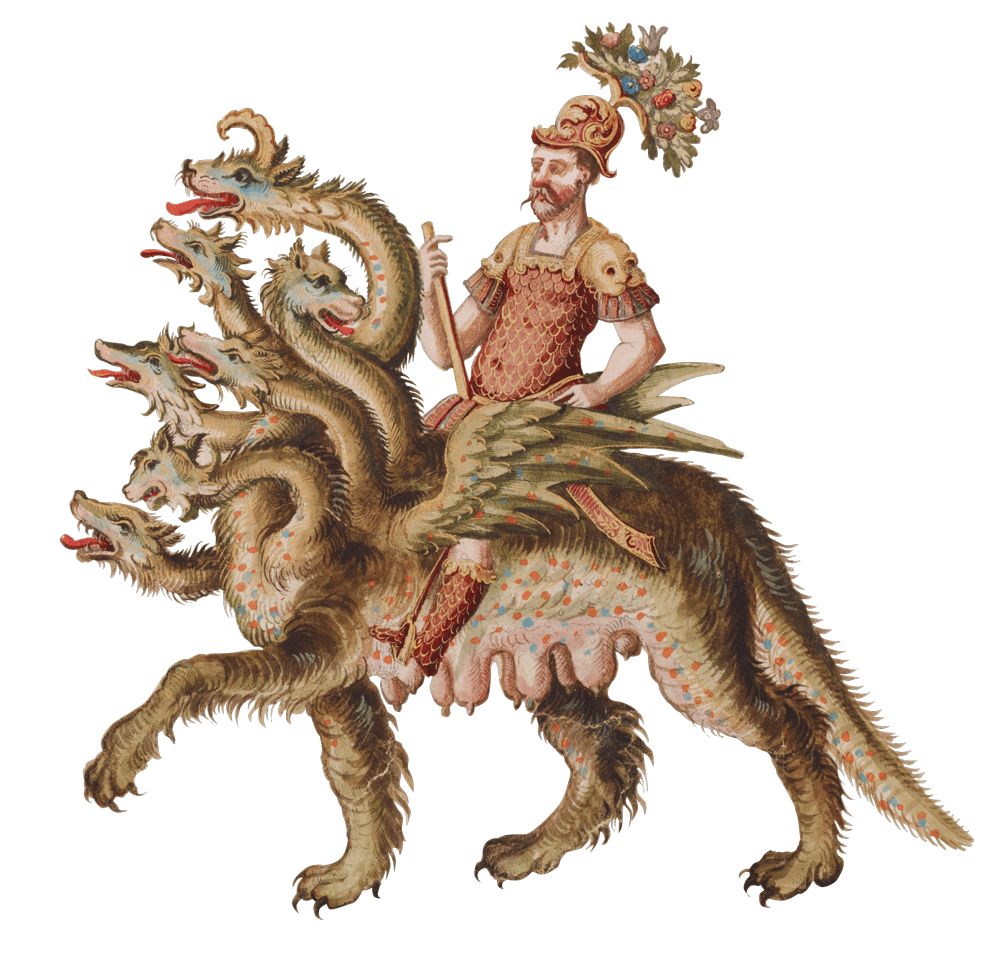
When a man and a woman fall in love
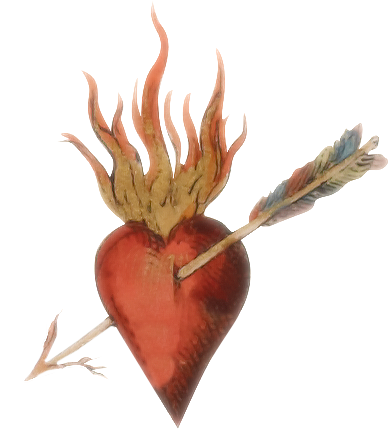
… it is a big intimate moment.
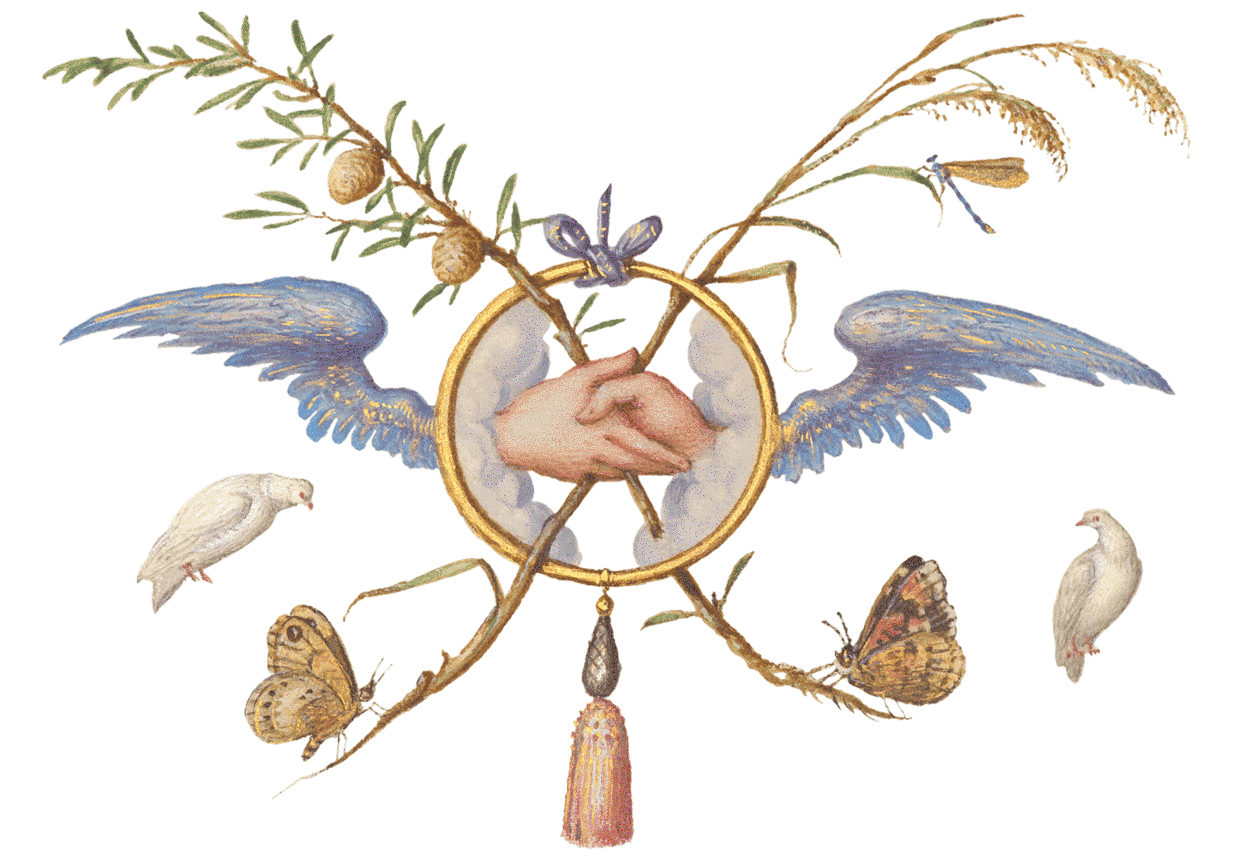
They will get married sooner or later, and their privacy will become public.
Especially in late 16th century Europe, when bride and groom were courtiers of an ambitious Habsburg prince and his wife.
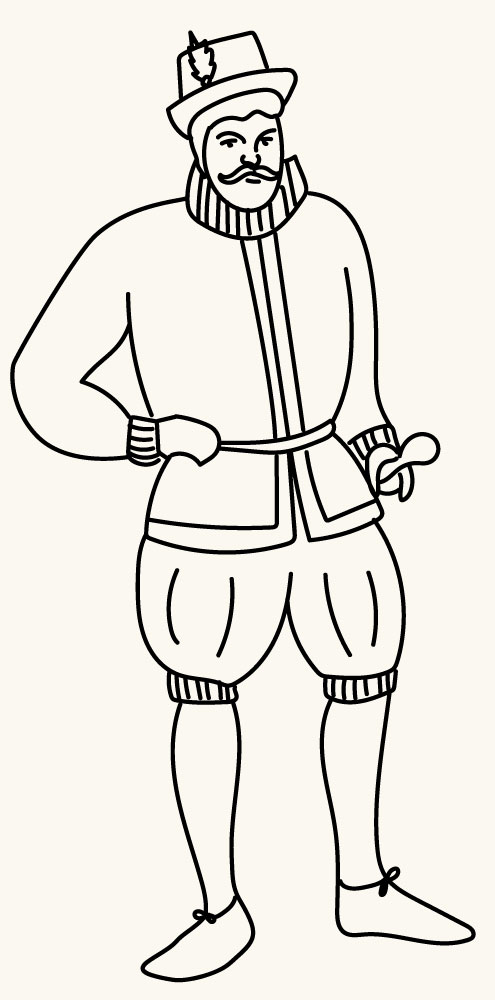
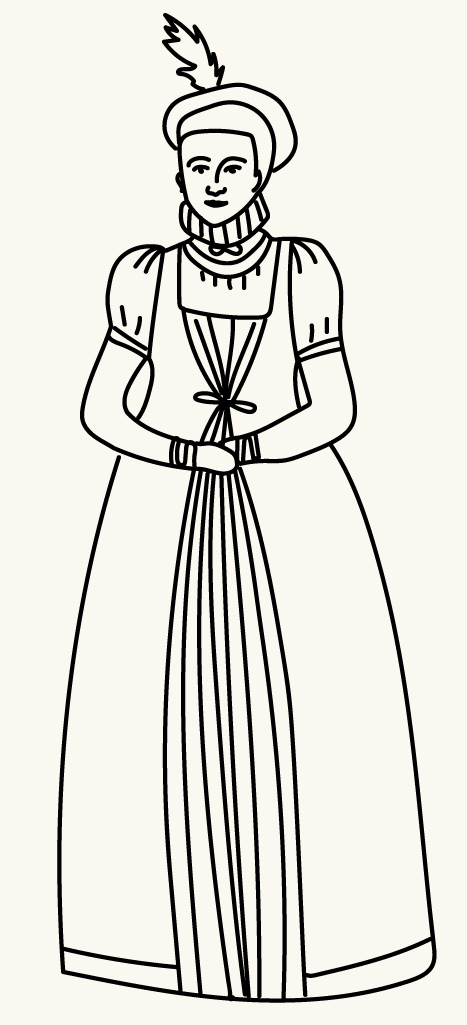
This was the case of a certain Kolowrat and his beloved Catherine. The event took place in Innsbruck in 1580.
It was a splendid feast with many famous people participating.
More than 200 years later a chronicle about the history of Innsbruck reports:
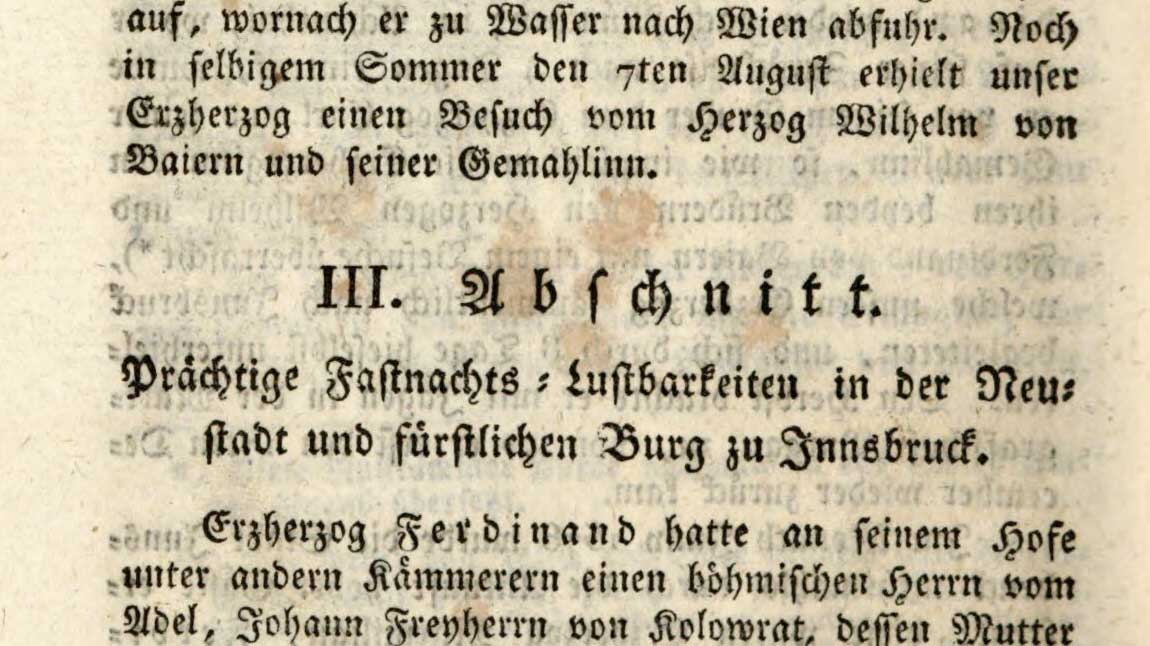
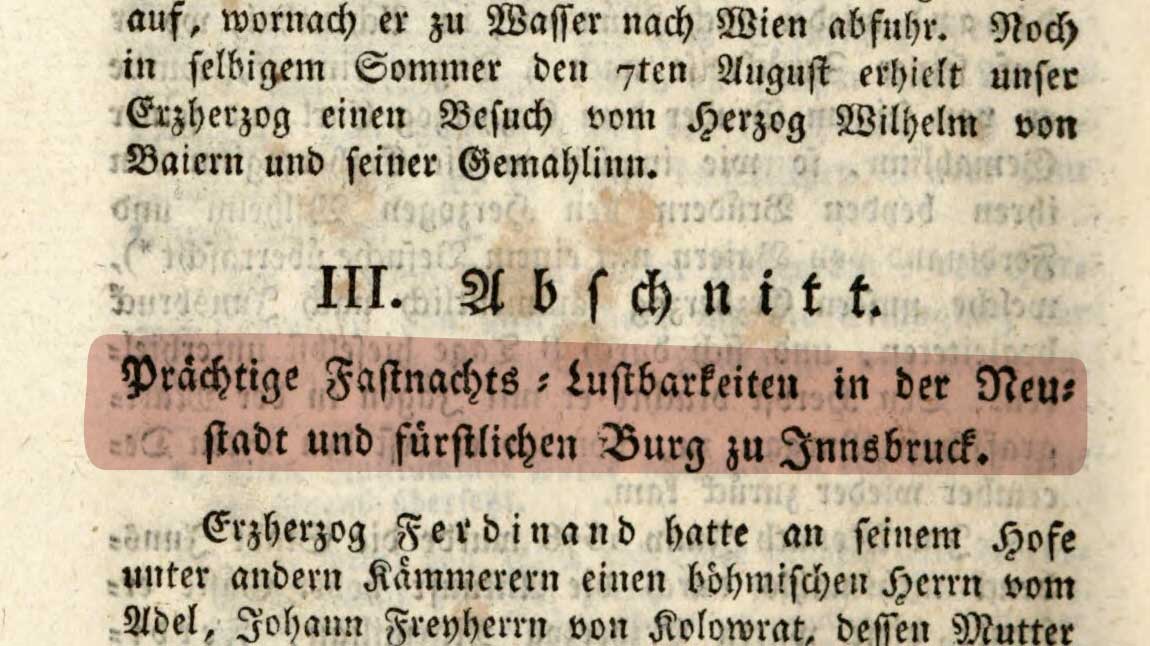
“Magnificent carnival festivities in the Neustadt and the princely castle in Innsbruck …”
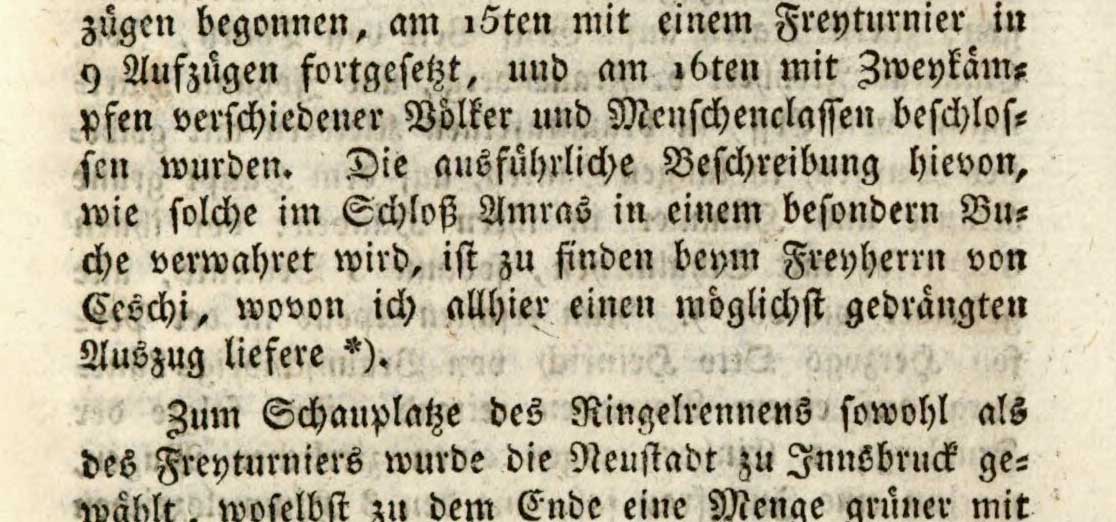
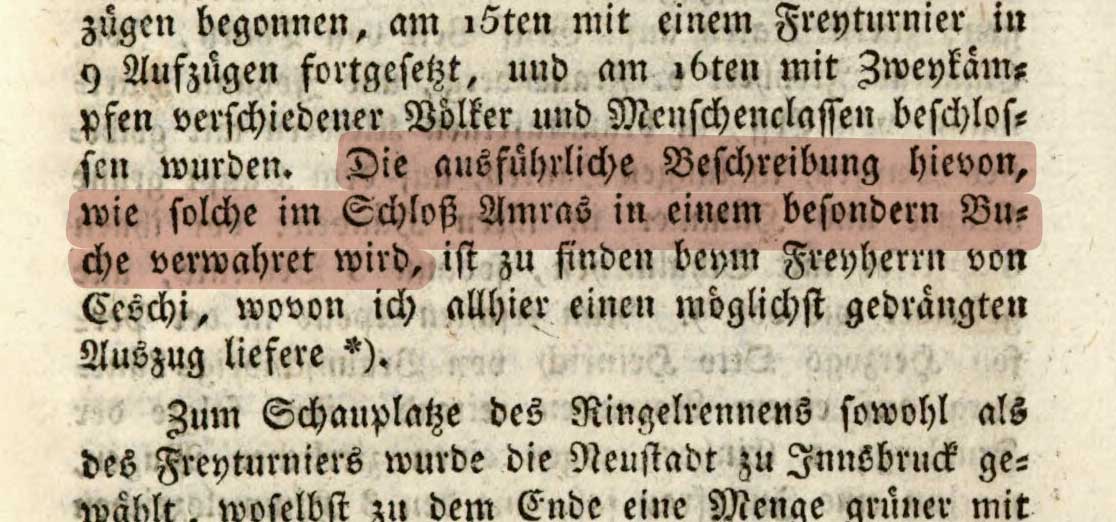
“The detailed description of this is kept in a special book in Ambras Castle.”
The initiator of these festivities was the Tyrolean sovereign Archduke Ferdinand II of Austria, who resided in Innsbruck.
He used the wedding of his chamberlain Kolowrat as an opportunity to organise a spectacular courtly tournament, …
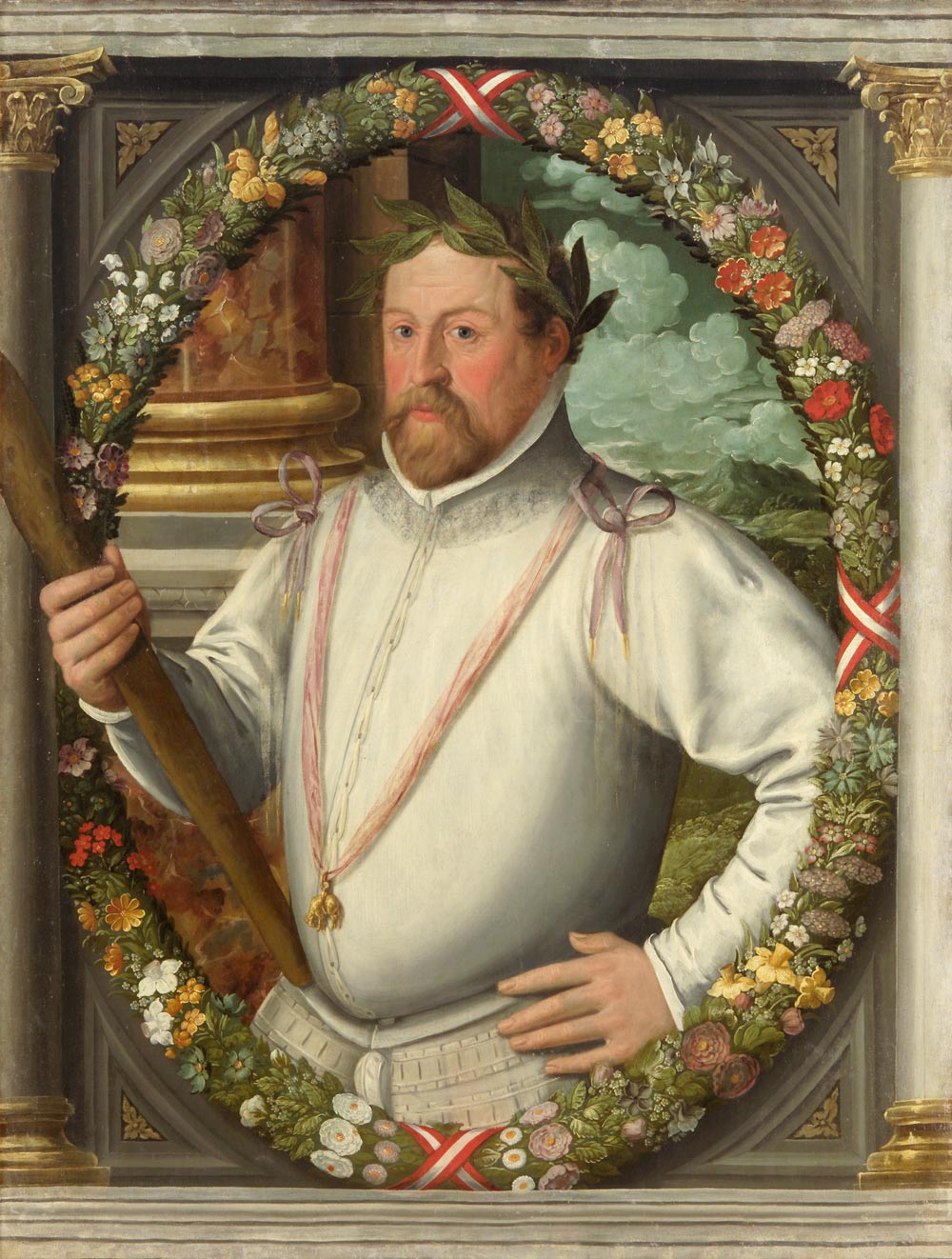
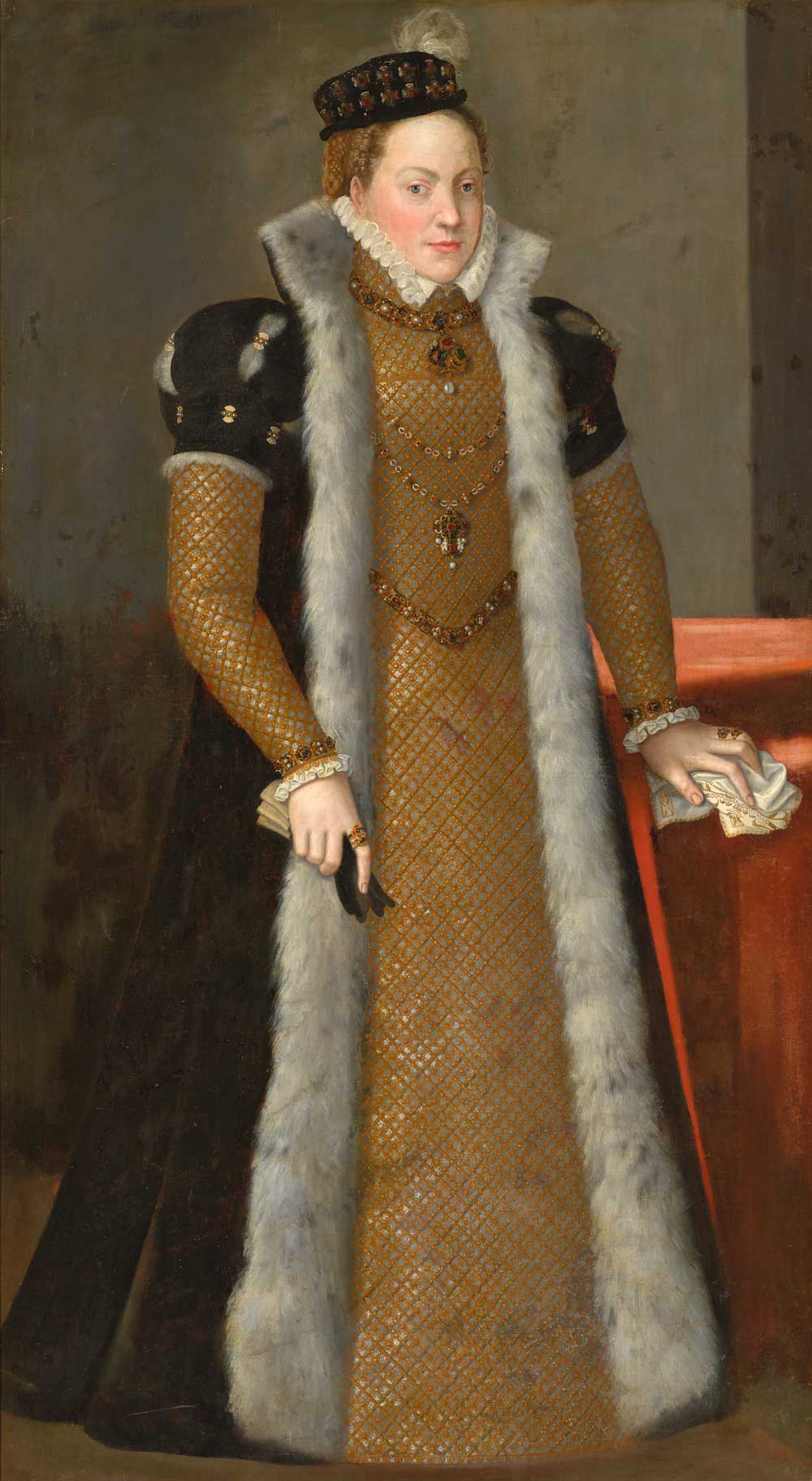
which he in turn dedicated to his beloved wife Philippine Welser.
Around the middle of the 16th century, allegorical tournaments embedded in a frame story became popular, and Archduke Ferdinand was a particular lover of such events
… like his great-grandfather Emperor Maximilan I, the so-called “last knight”.
Ferdinand loved to create elaborate allegorical festive programmes for these events.
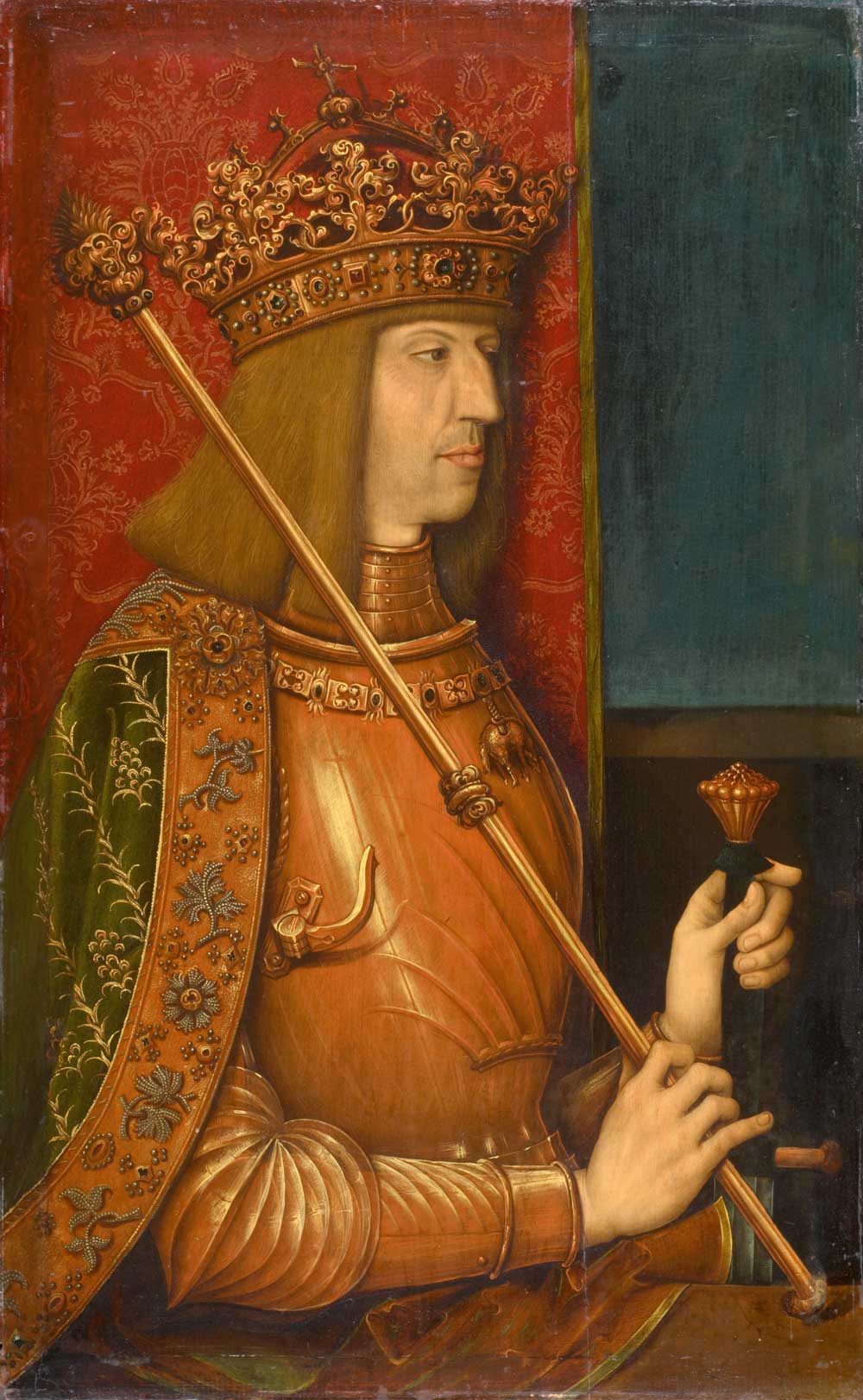
... So his imagination was set in motion ...
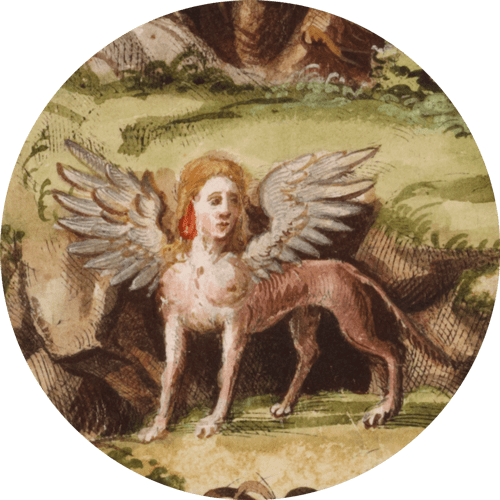
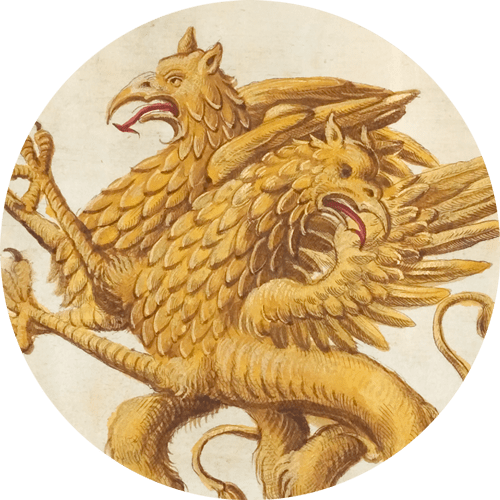
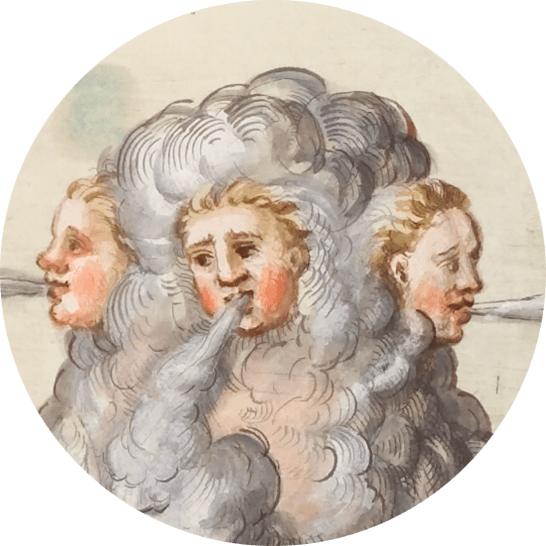
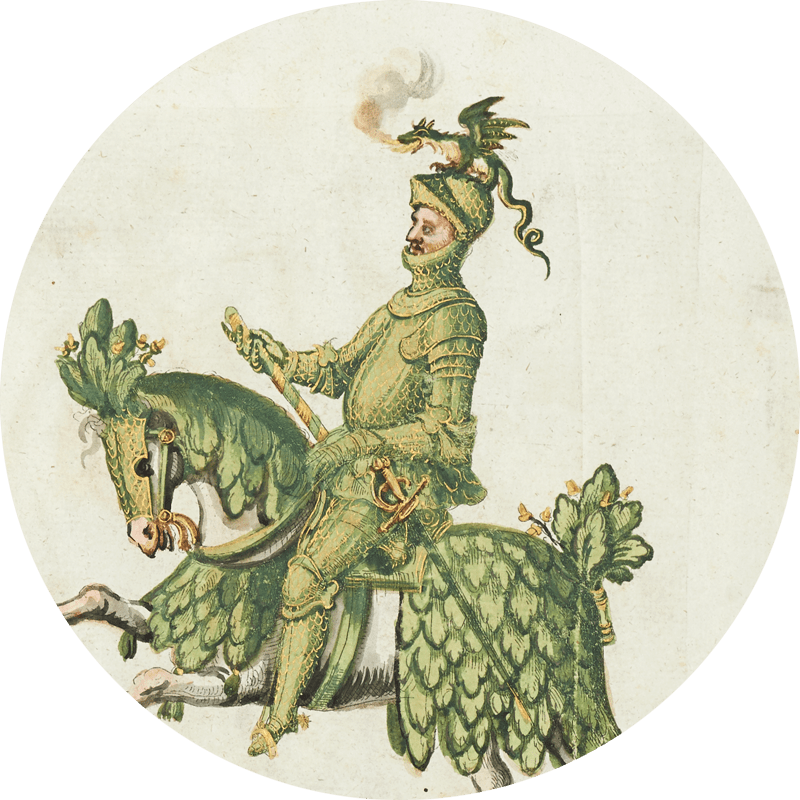
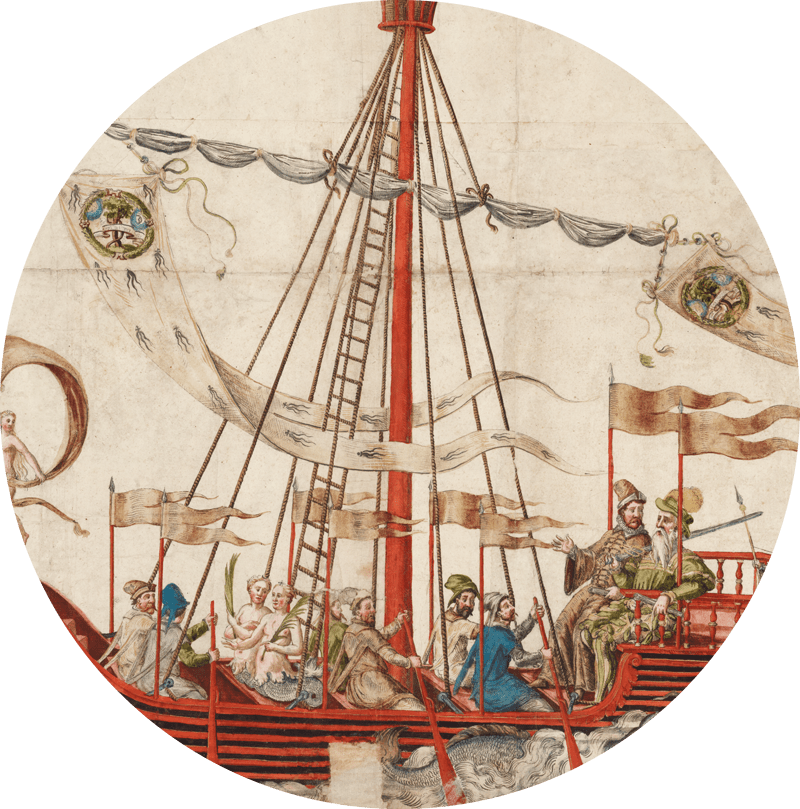
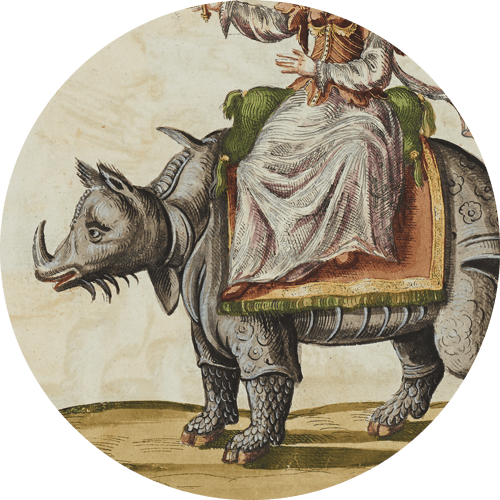
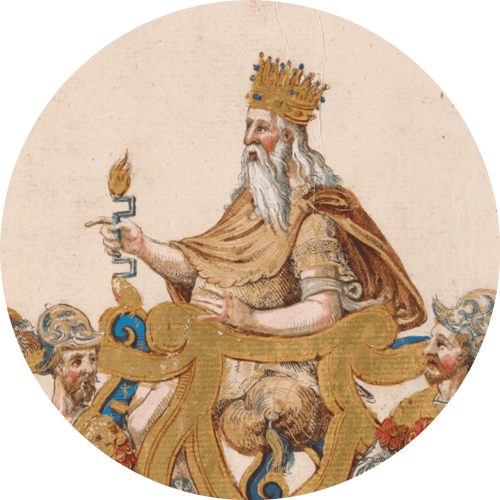
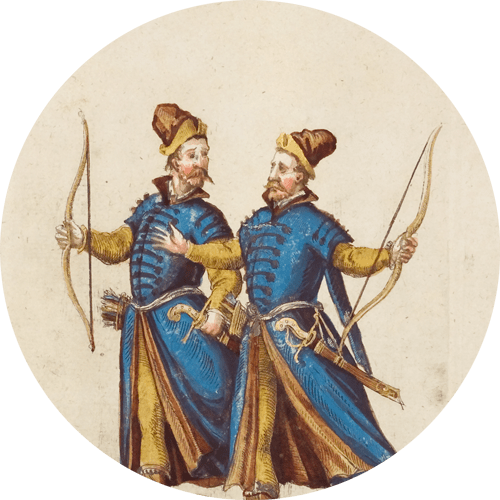
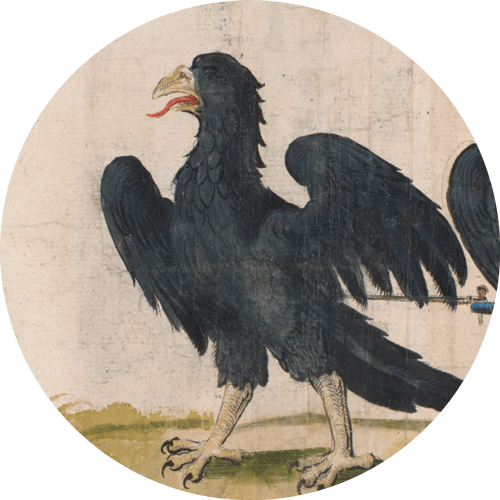
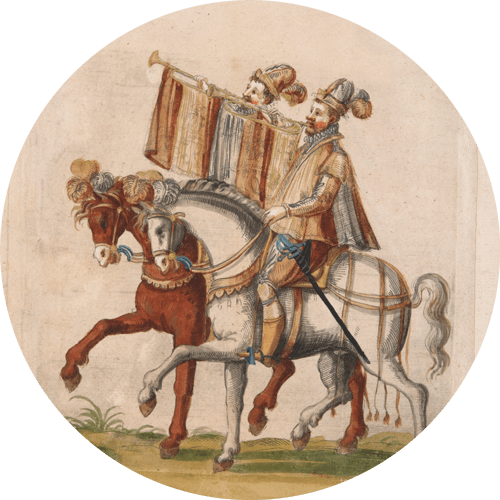
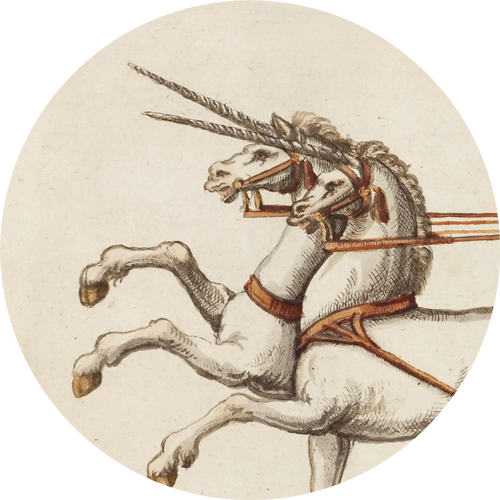
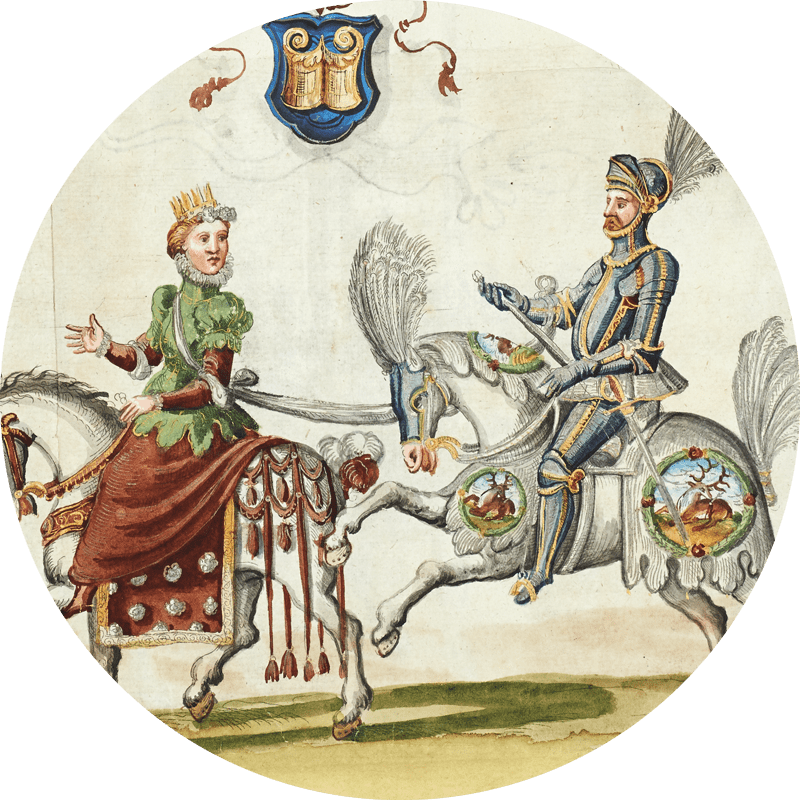
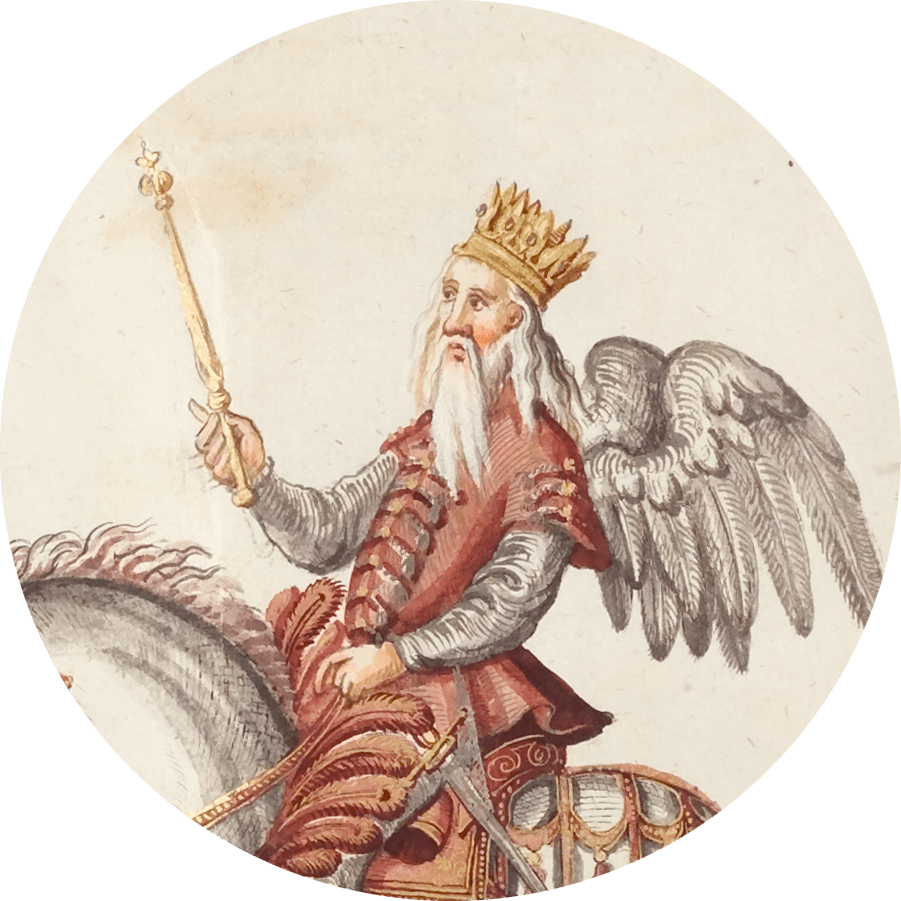
Ferdinand himself wanted to play the most important role and emphasized his own idealised qualities, abilities and heroic deeds.
Every single scene of the festivity should be impressive …
in height

in length

in power
– to vary the motto of the Olympic Games.
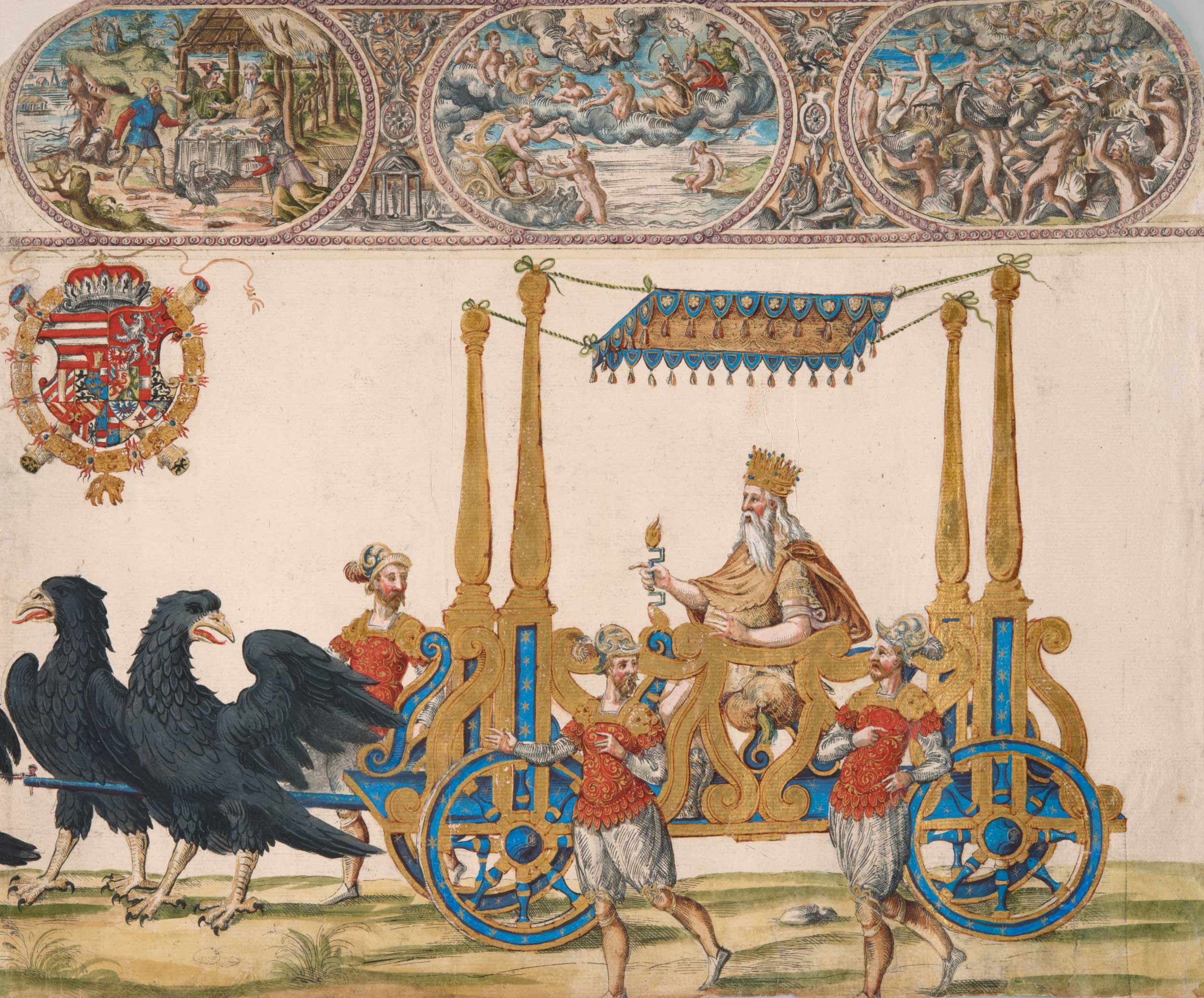
His great-grandfather had set the example, the great-grandson, however, wanted to surpass him.
A few decades earlier, Maximilian I had given idealised expression to his power through the monumental printed works of the Triumphal Arch and the Triumphal Procession. But what the Emperor would once have told only in printed pictures, his great-grandson now actually brought to the stage of the city of Innsbruck.
We still admire similar public events such as the inauguration of the Olympic Games or during carnival celebrations.
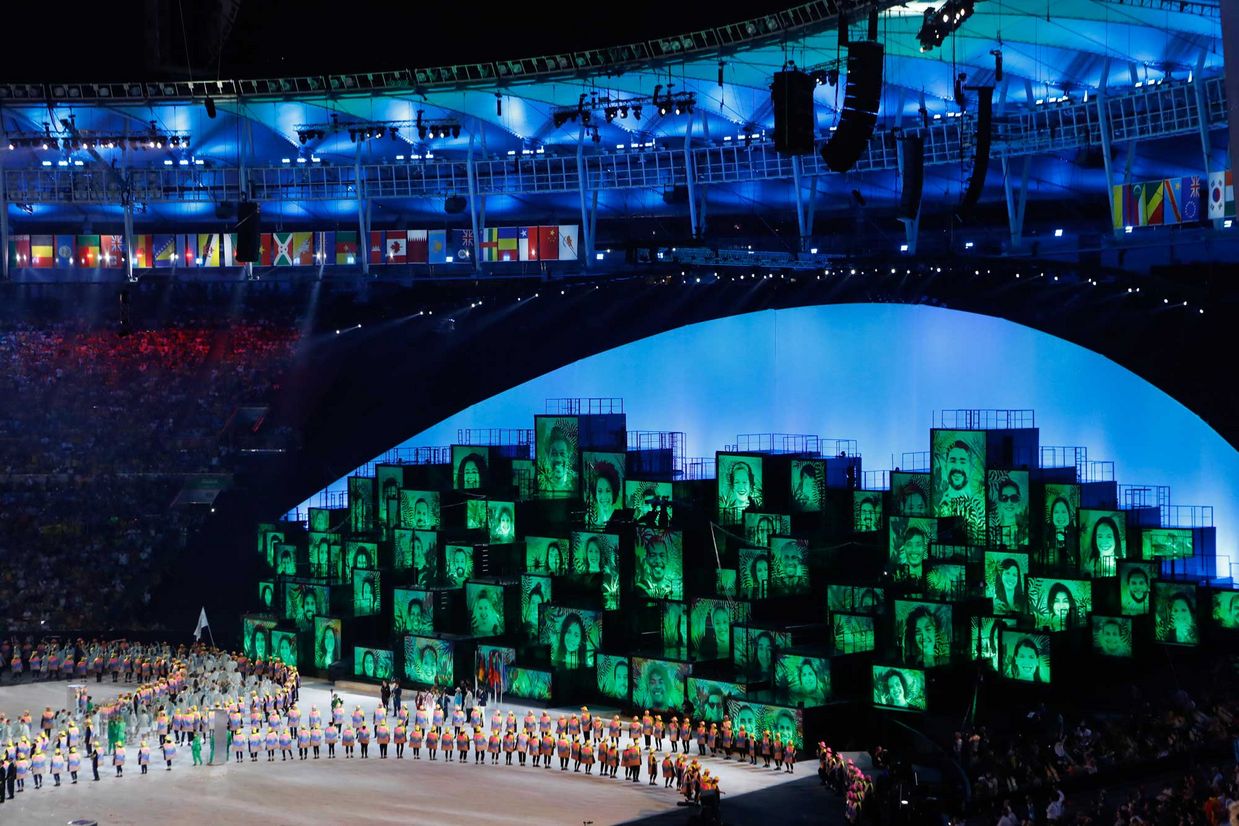
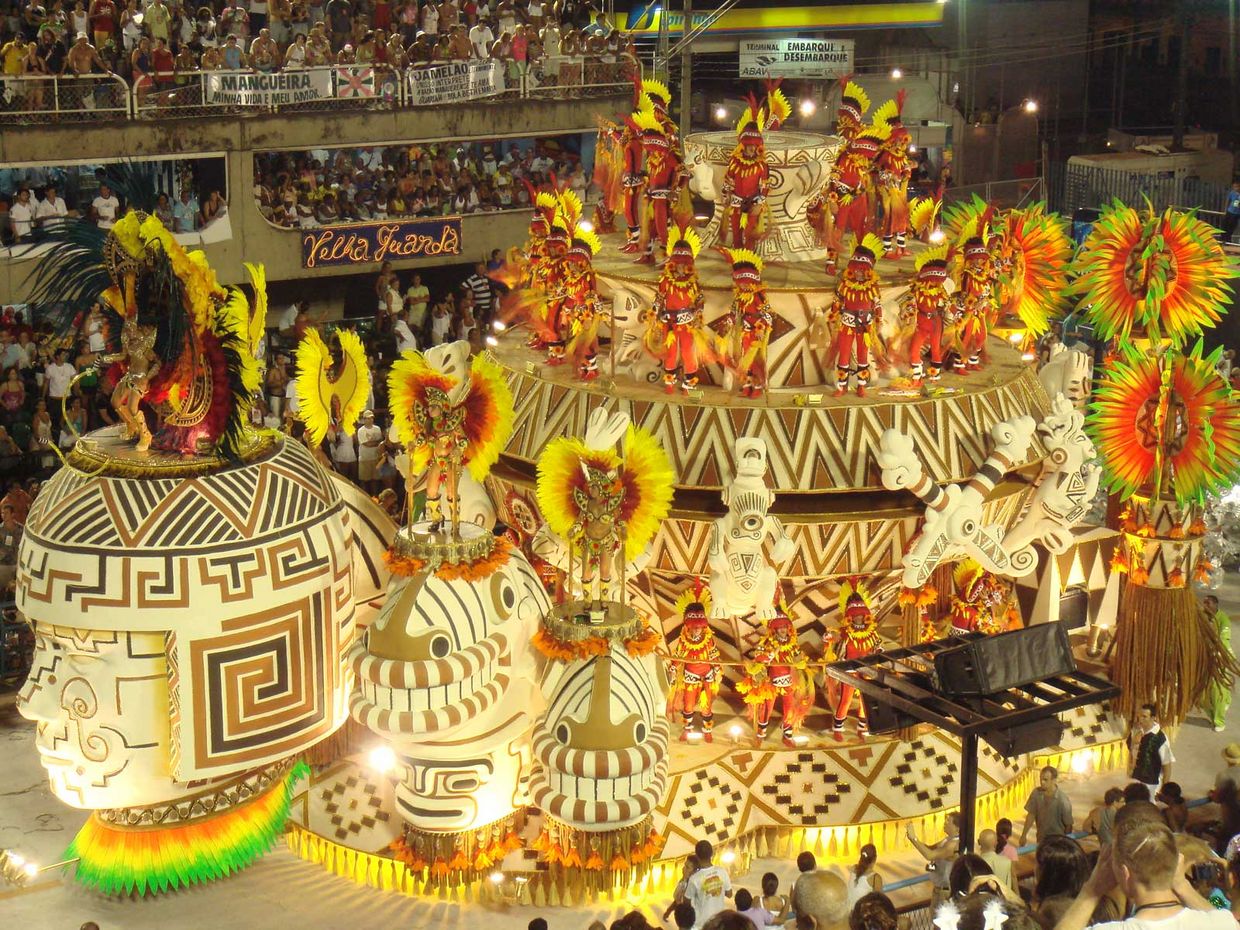
The pageants organized prior to the tournaments of the Kolowrat-Wedding are recorded in magnificently coloured engravings.


“It was me, Sigmund Elsässer, painter, who executed the engravings.”
Sigmund Elsässer is documented as a court painter in Innsbruck from 1579 to 1587.
The finely drawn illustrations were considered to be pen drawings for a long time, although they are actually copperplate engravings that were lavishly hand-coloured afterwards.
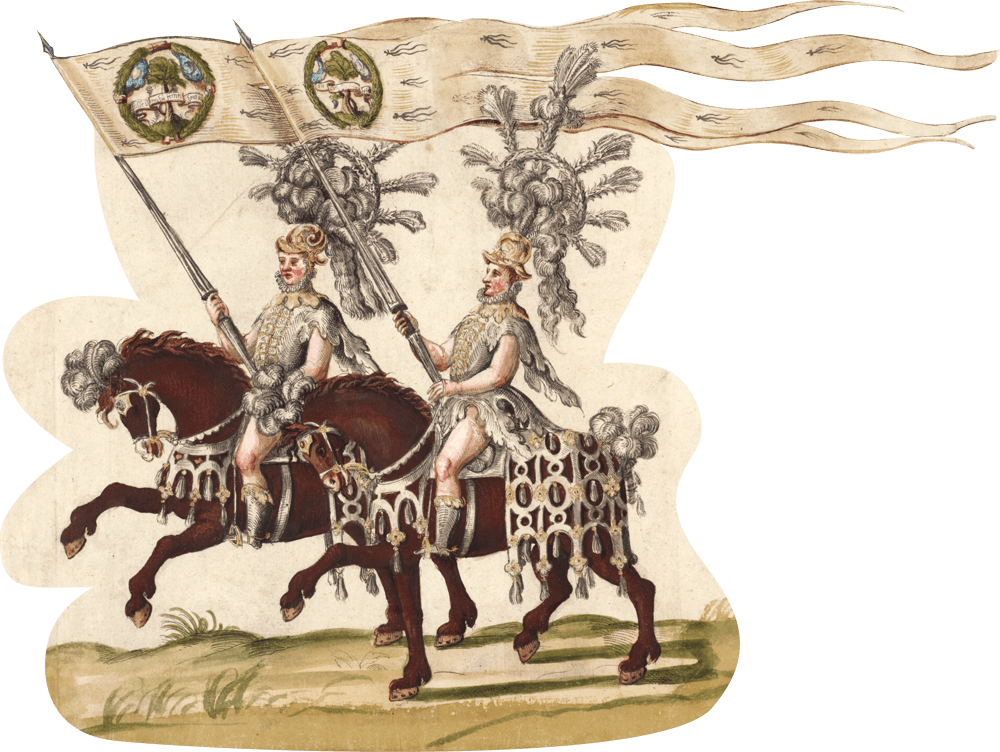
Elsässer’s artistic qualities cannot rival those of the masters of Maximilian’s procession – Dürer, Altdorfer and Burgkmair. However, apart from their documentary value, Elsässer’s works still impress us with their originality and careful execution.
The magnificently illustrated description of the festival is part of the famous Kunst- und Wunderkammer – “Chamber of Art and Wonders” – of Archduke Ferdinand at Ambras Castle.
… where Archduke Ferdinand housed all kinds of remarkable objects. The domestic and exotic natural products and creations of human craftsmanship represent the whole world. Parts of the collections can be seen today in the Kunsthistorisches Museum in Vienna.
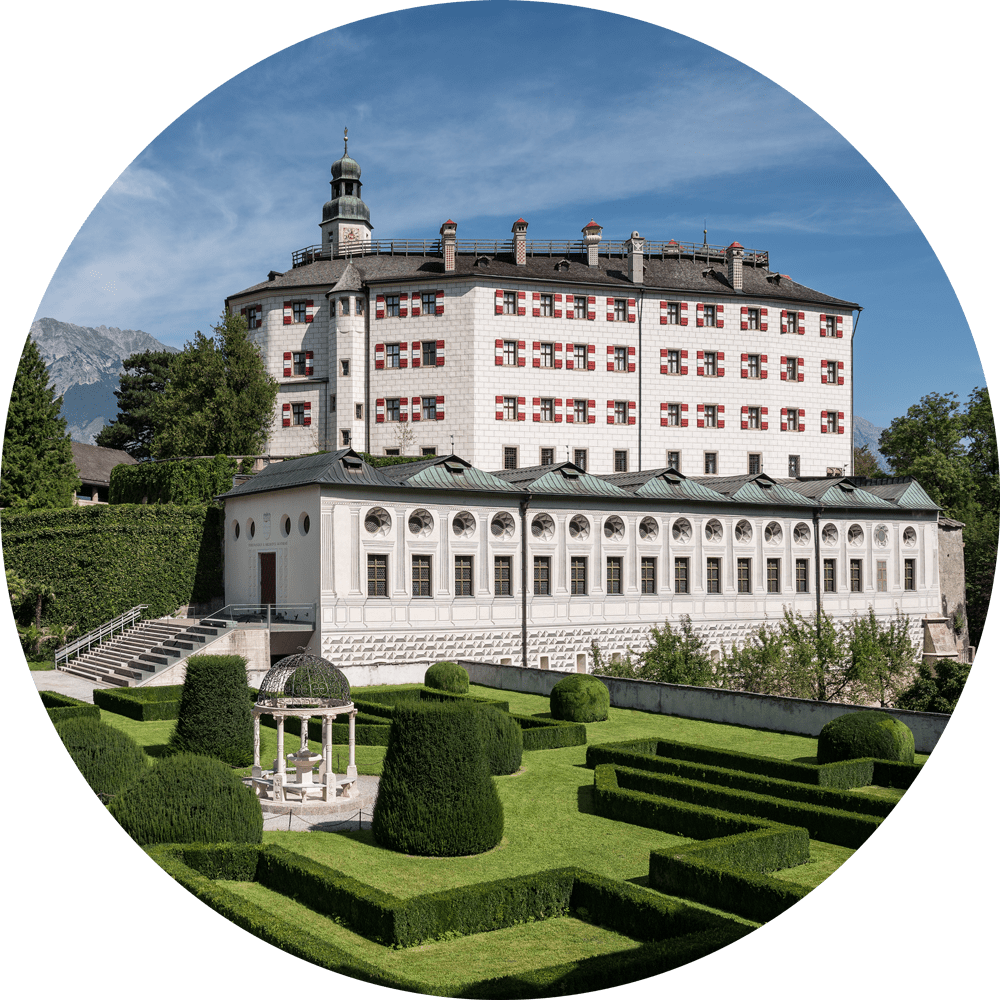
However, a large part has been preserved at Ambras Castle, where Ferdinand created his own “museum”.
And so this festival book is also still kept there.
In an estate inventory of 1596, the Kolowrat wedding is mentioned in the form of two books and a scroll.
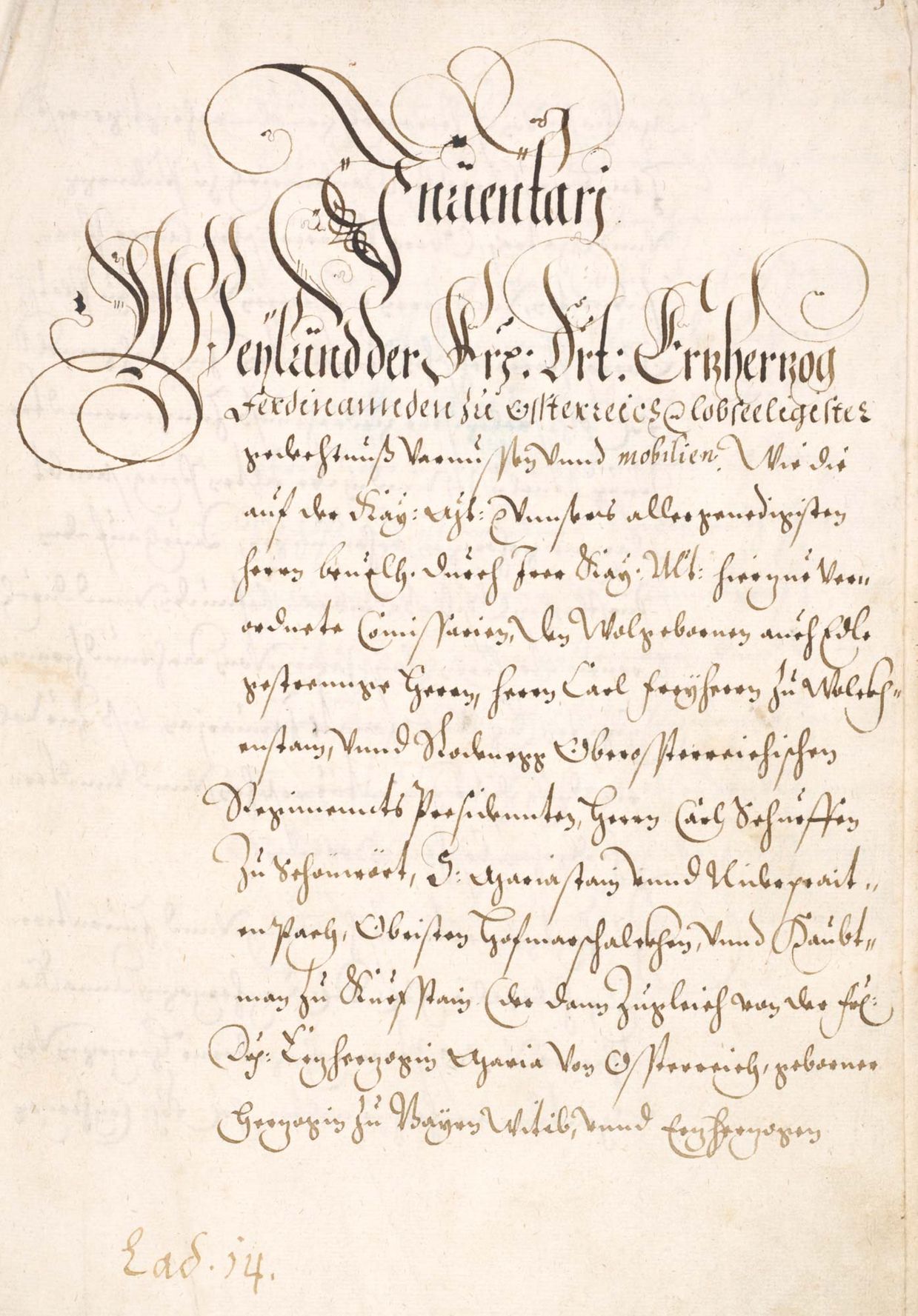
We shall now take a closer look at this original document to learn about the extraordinary event on the occasion of the wedding of Ferdinand’s courtier Kolowrat.
Ringrennen



“We Ferdinand, by the grace of God, Archduke of Austria [...] announce, that we organize a knightly exercise and a noble quintain tournament as it is custom during carnival and because a wedding is also taking place in Innsbruck ...”
They list the number of runs, the use of weapons, the disguise and finally the prizes awarded to the winner. The participants were noblemen from the court of Archduke Ferdinand II, including the groom Kolowrat. They appeared in disguise and can be identified by their coat of arms.
The “true description and illustration” – Wahrhaffte Beschreibung und Abcontrafectung – identifies Archduke Ferdinand as the author of the programme:
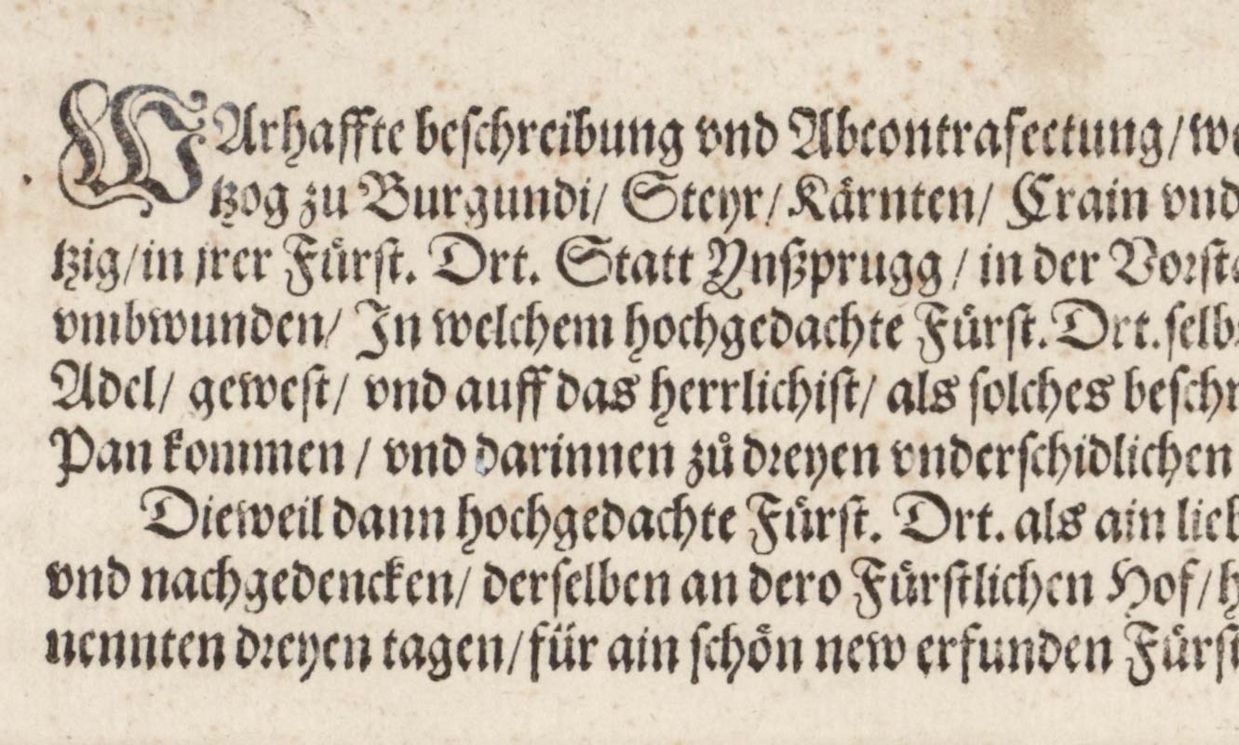
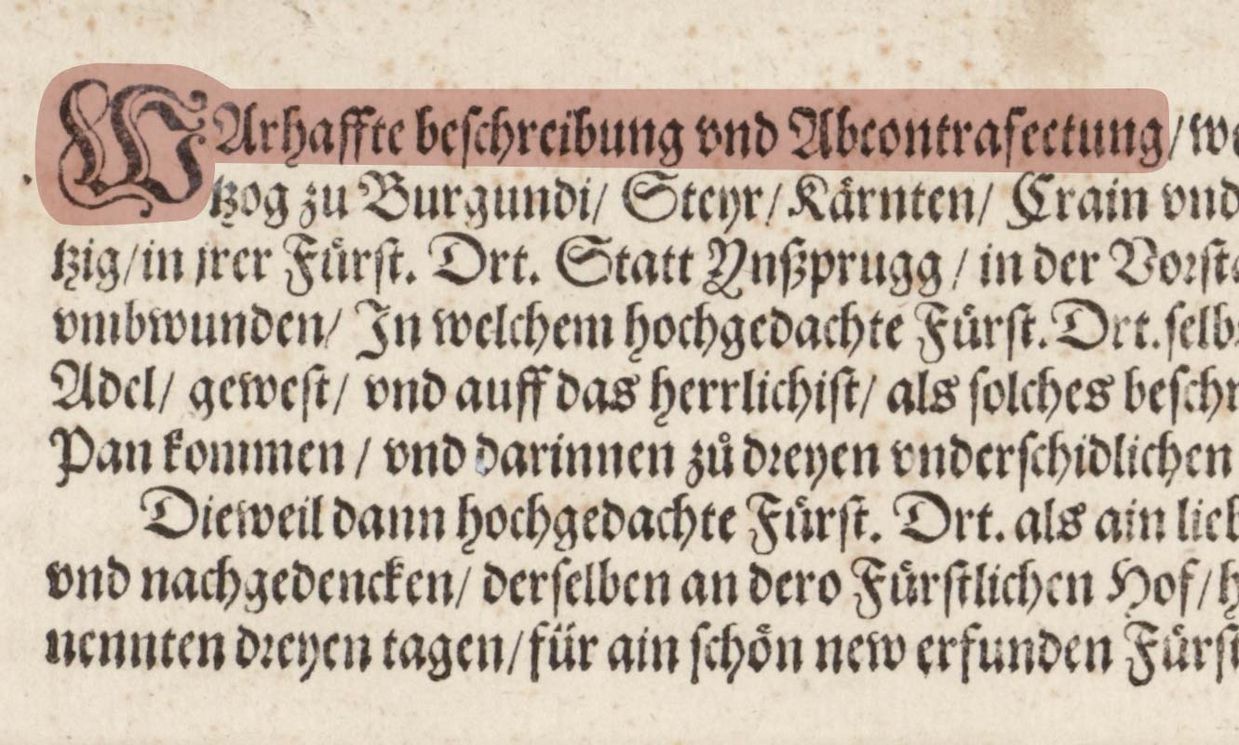
He is said to have “developed the ideas himself after much princely reflection” and to have directed “experienced painters, sculptors and other artists” to produce a sophisticated princely quintain and an open tournament.
Four Seasons & Four Elements

The noblemen entered the field on strange animals and triumphal chariots disguised as ancient deities and heroes, the Four Seasons and the Four Elements.

The second-born son of Archduke Ferdinand II and his first wife Philippine Welser, Karl von Burgau, represents Hercules, riding on a seven-headed Hydra.
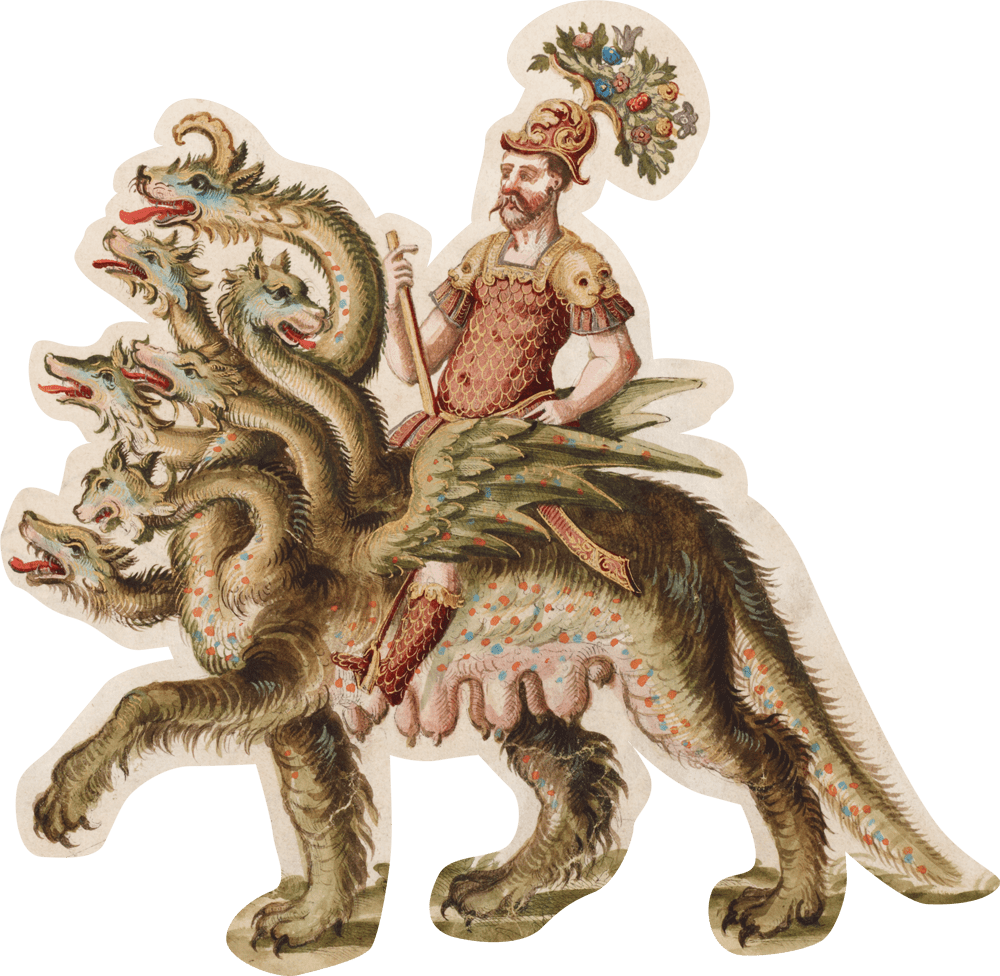
Jupiter

Archduke Ferdinand himself appears in the third set as Jupiter, the highest of the Roman gods – on a chariot with a baldachin, decorated with costly gold leaf and drawn by eagles.
There seems to be no doubt that the Archduke derives his power and authority directly from Jupiter, while also claiming the deity’s virtues – justice and piety – as his own.
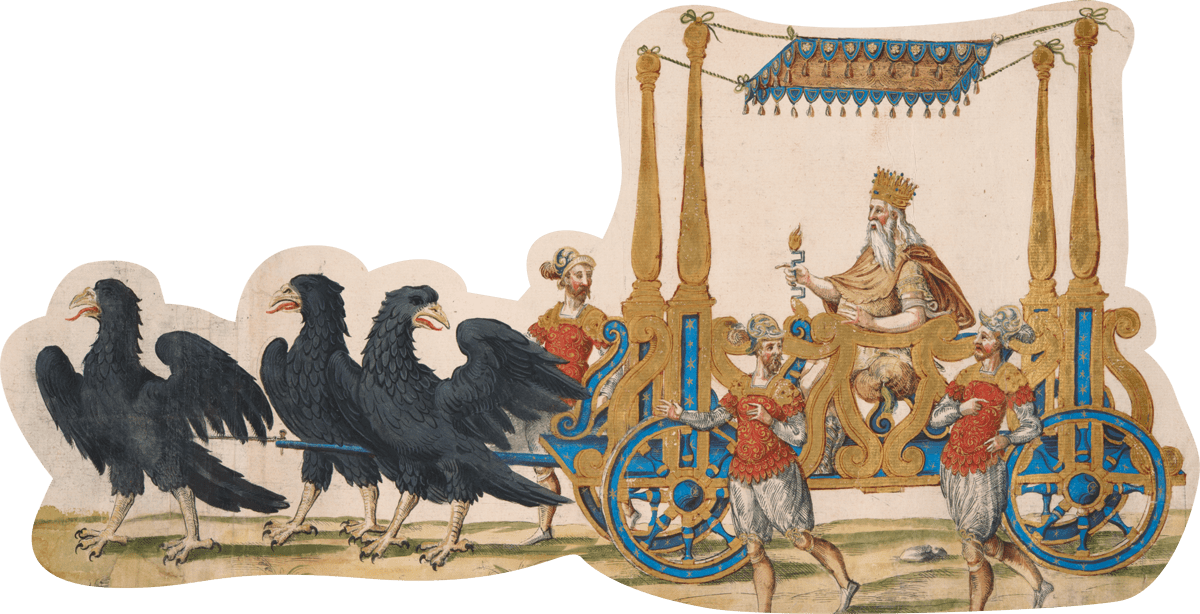
Archduke Ferdinand is also making reference to his personal family situation.
Charles’ mother, Philippine Welser, was an offspring of the mercantile family Welser from Augsburg; that is why Charles was excluded from the princely succession.
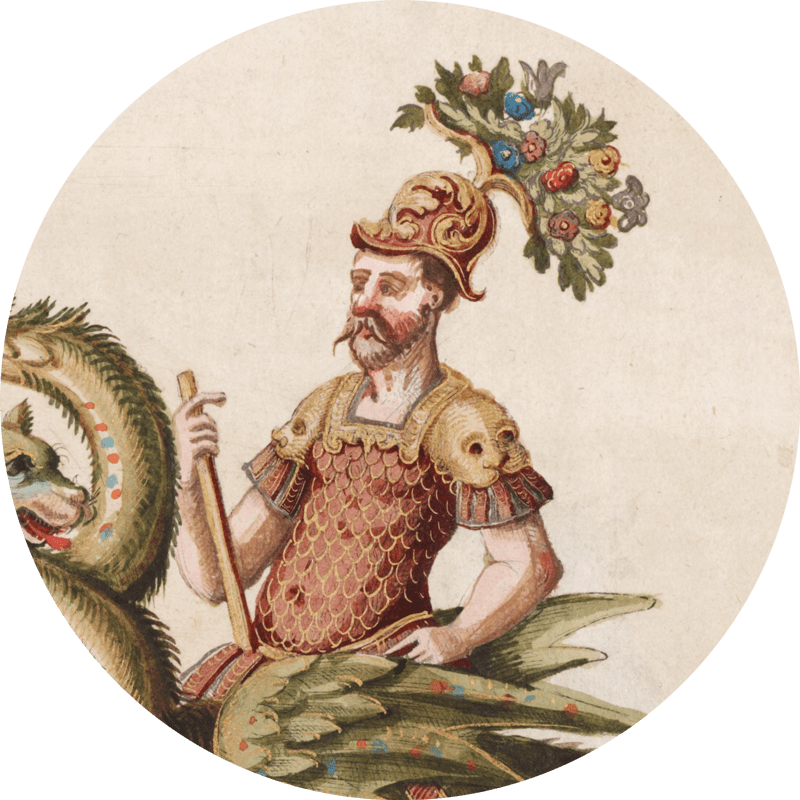
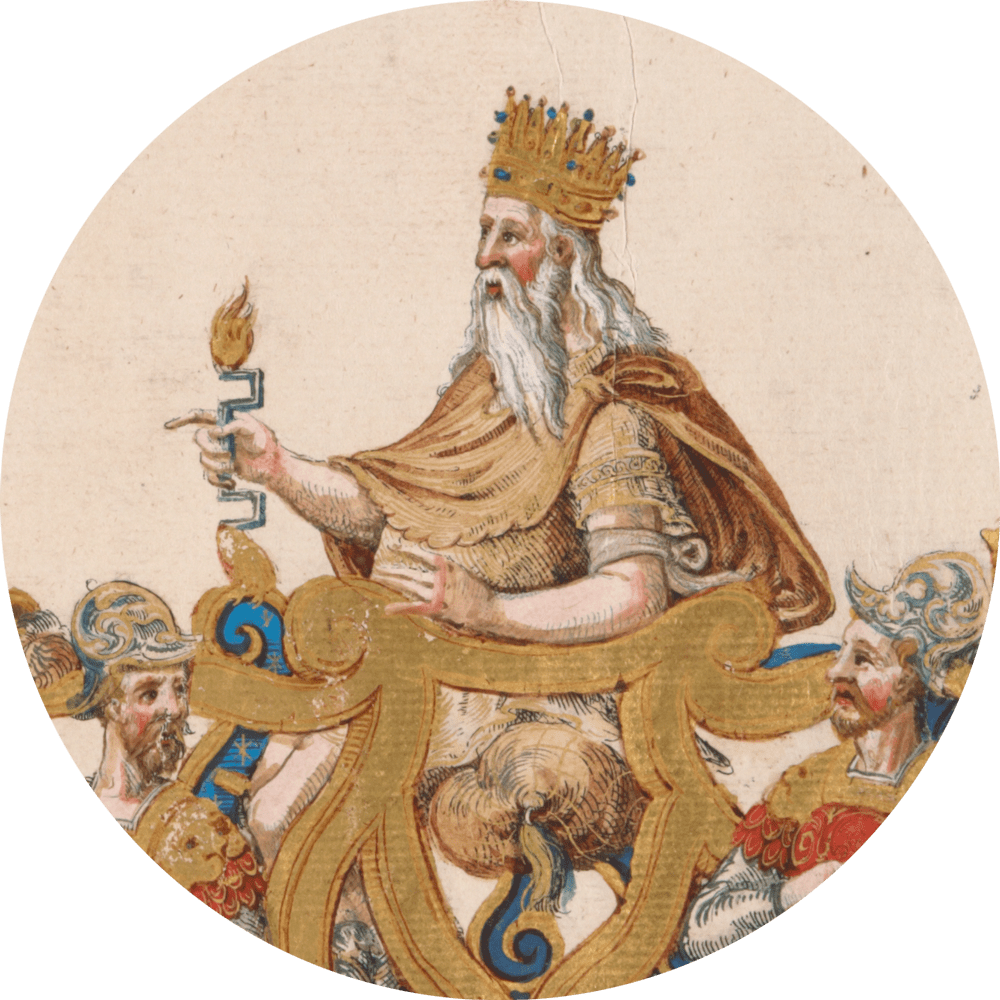
The differences in rank between father and son are thus transferred to a mythological level.
Hercules was the son of the immortal god Jupiter and the mortal Alcmene. He, however, managed to ascend to the heaven of the gods due to his heroic deeds – a perfect role for Charles, who could now play it in public at least in the fictitious setting of a court festival staged by his own father.
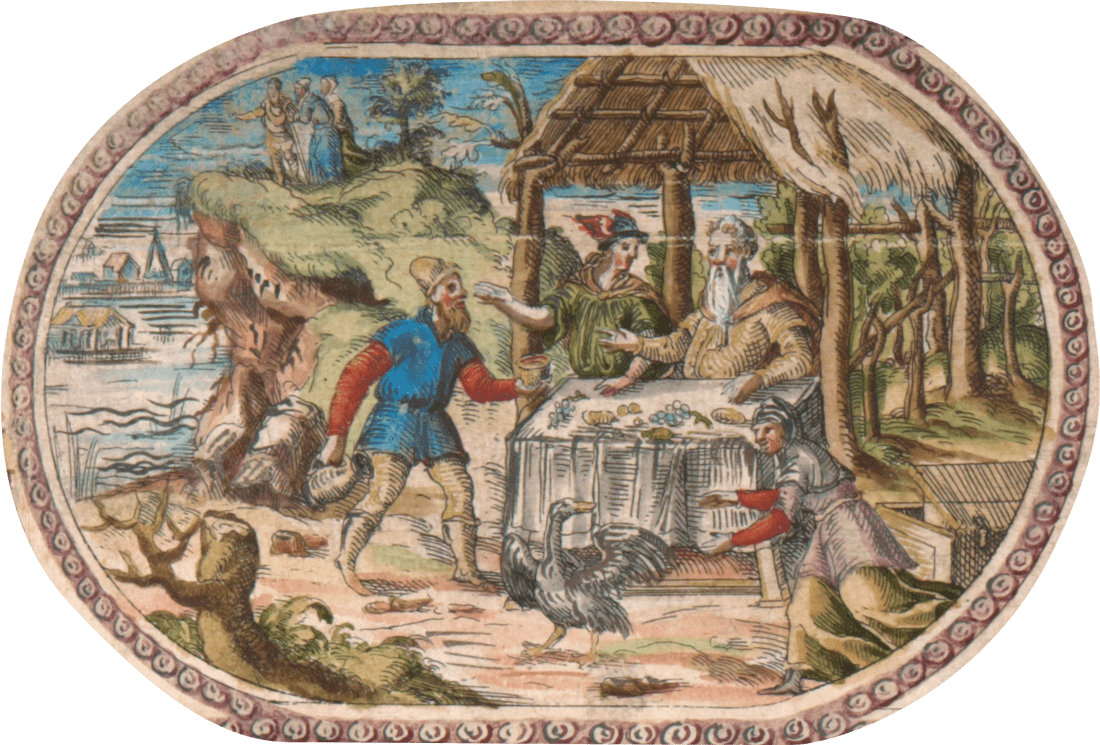
The oval medallions above show Philemon and Baucis.
They were considered the ideal couple of Greek mythology and are to be understood as an allusion to the future happiness of the bride and groom.

Two other medallions show the assembly of the gods and the battle of the gods against the Titans – references to the supremacy of Jupiter and the power of the Olympian gods.
Aeneas on the Galley

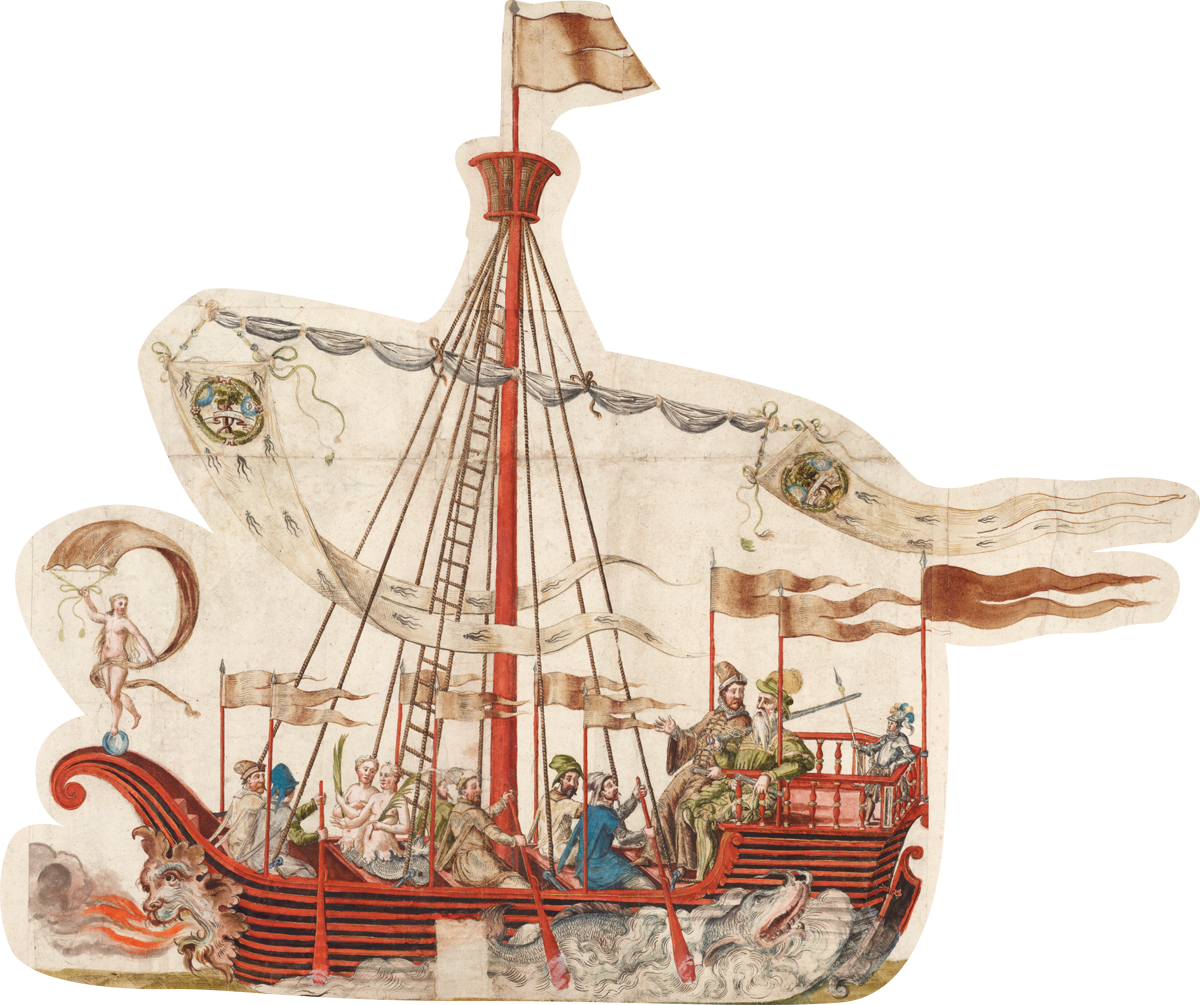
Aeneas, ancestor of the Romans, who has just disembarked in Italy, had learned that a great tournament was to take place in Innsbruck, in which he wanted to participate with his companions. Count Wilhelm von Zimmern takes on the role of Aeneas. There is also a pyrotechnical effect on the galley: fire and smoke pour out of a mask on the prow.
Further sensations are offered by the following picture with the Strophadic Islands, home to wild animals and the dreaded harpies, the winged beasts with female features.
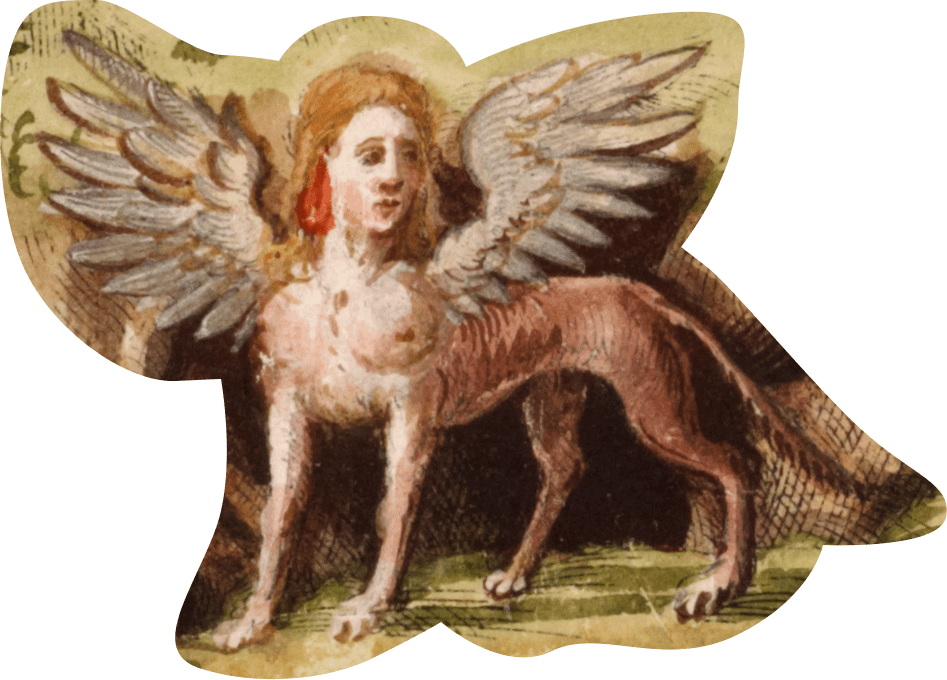
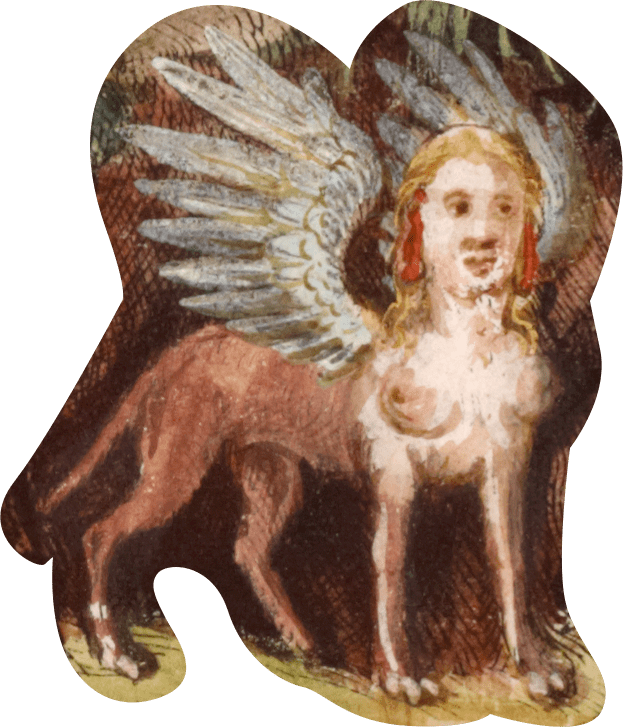
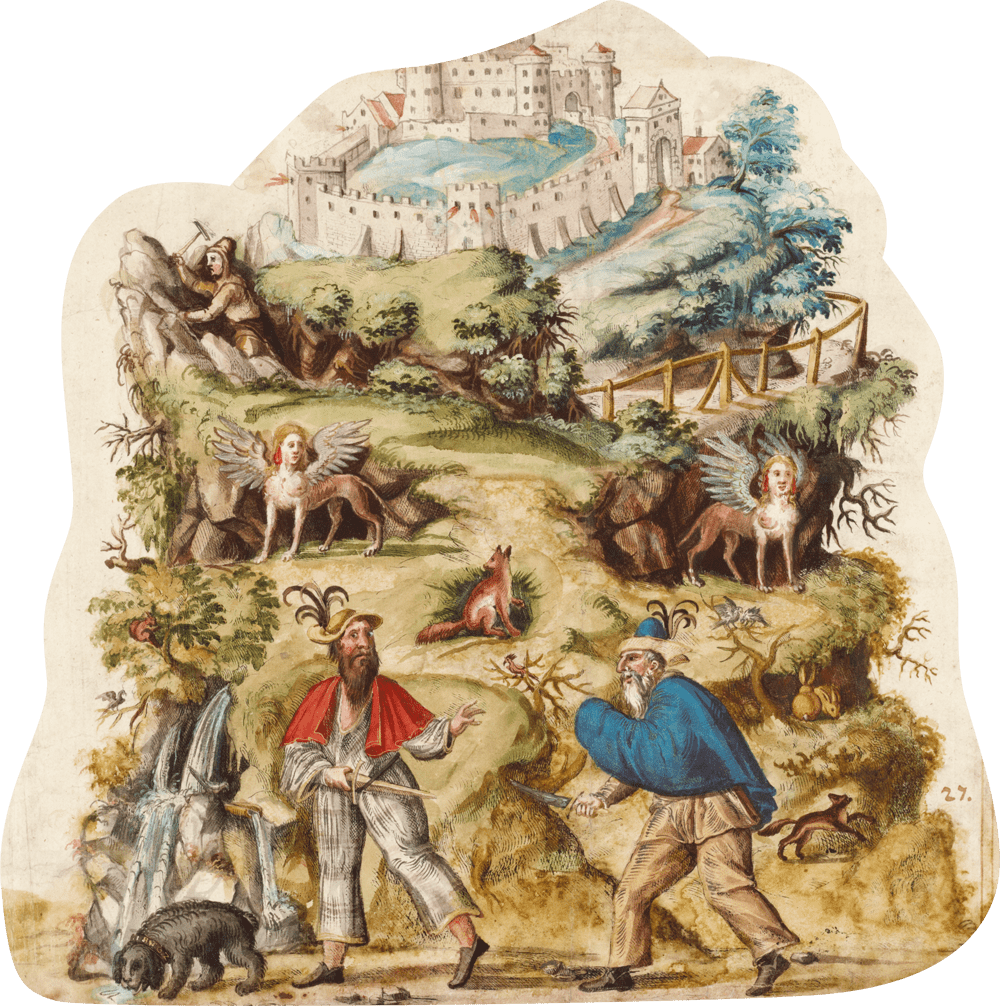
In addition, fireworks are set off above it to make it appear that cannons are being fired from the castle.
Venus & Cupid

The Goddess of love, Venus – embodied by Paul Zernitz, also insists on accompanying her son Cupid to the wedding tournament in Innsbruck.
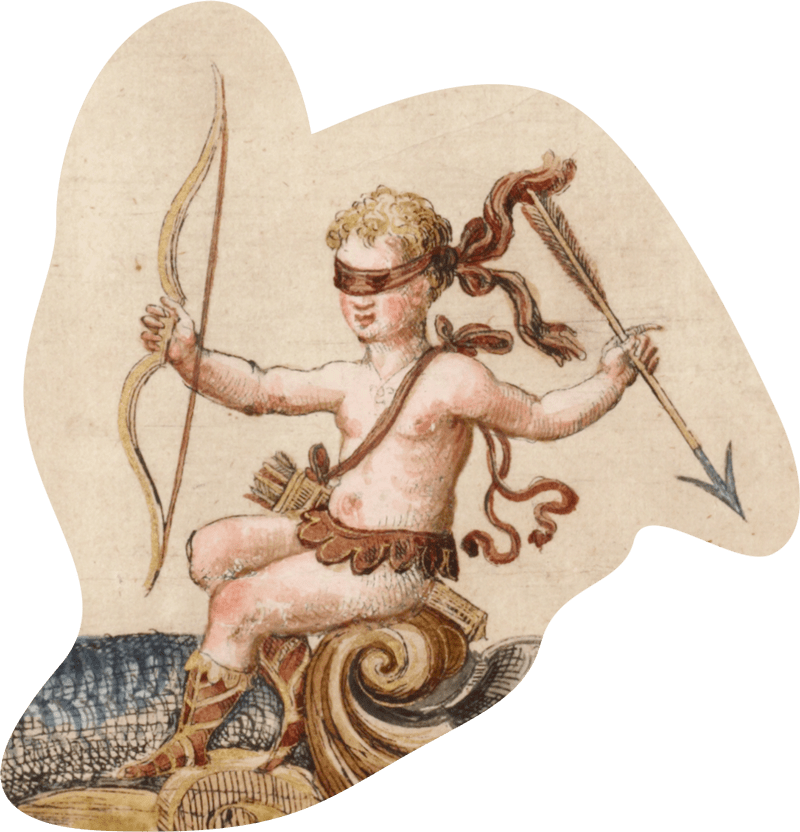
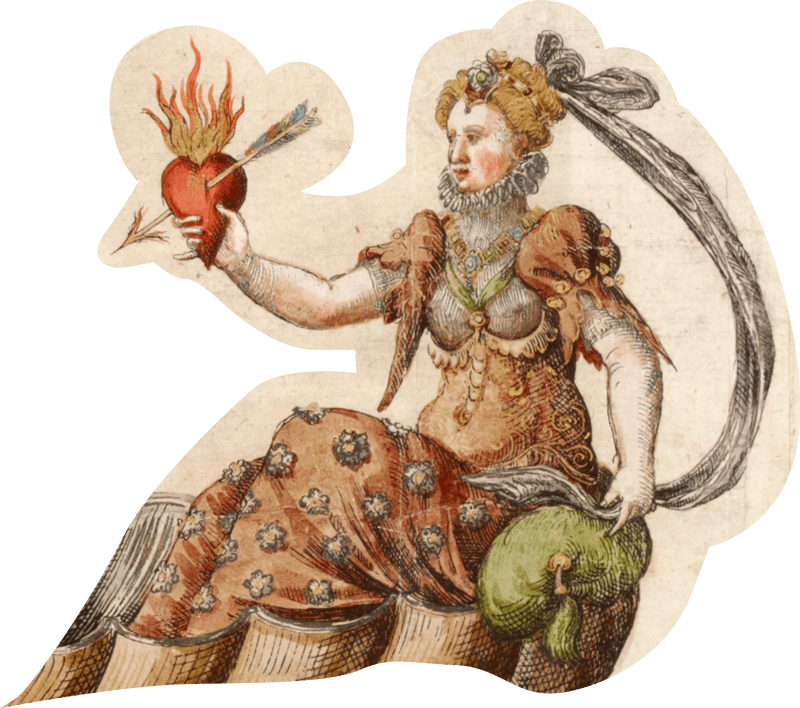
Klagen
Finally, different nations, fraternities and professional guilds compete against each other in 13 individual foot combats, enacted as so-called Klagen – lawsuits.
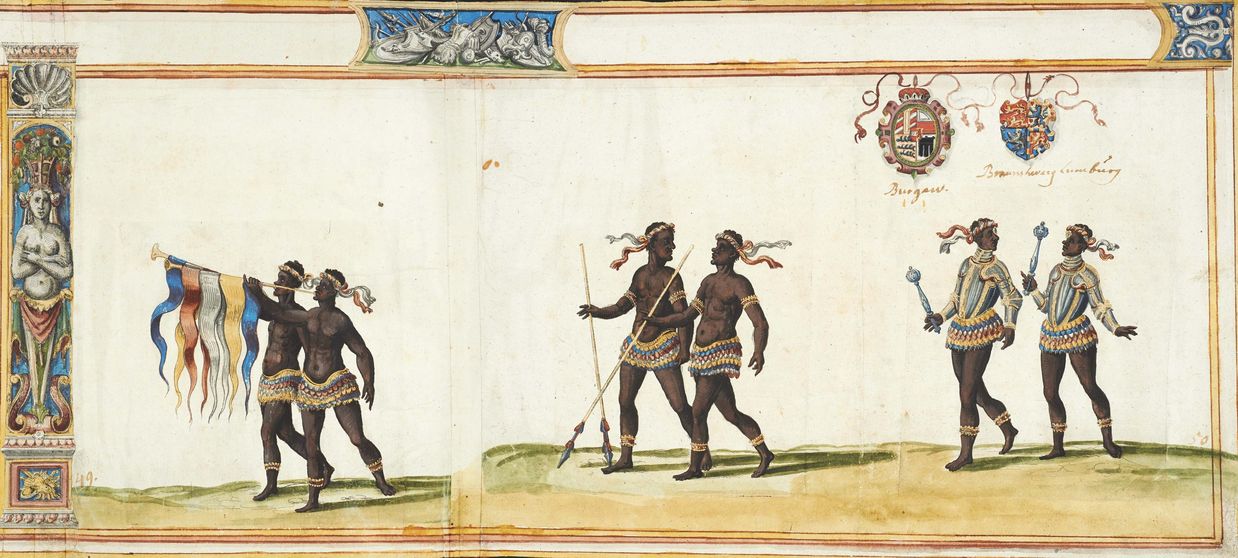
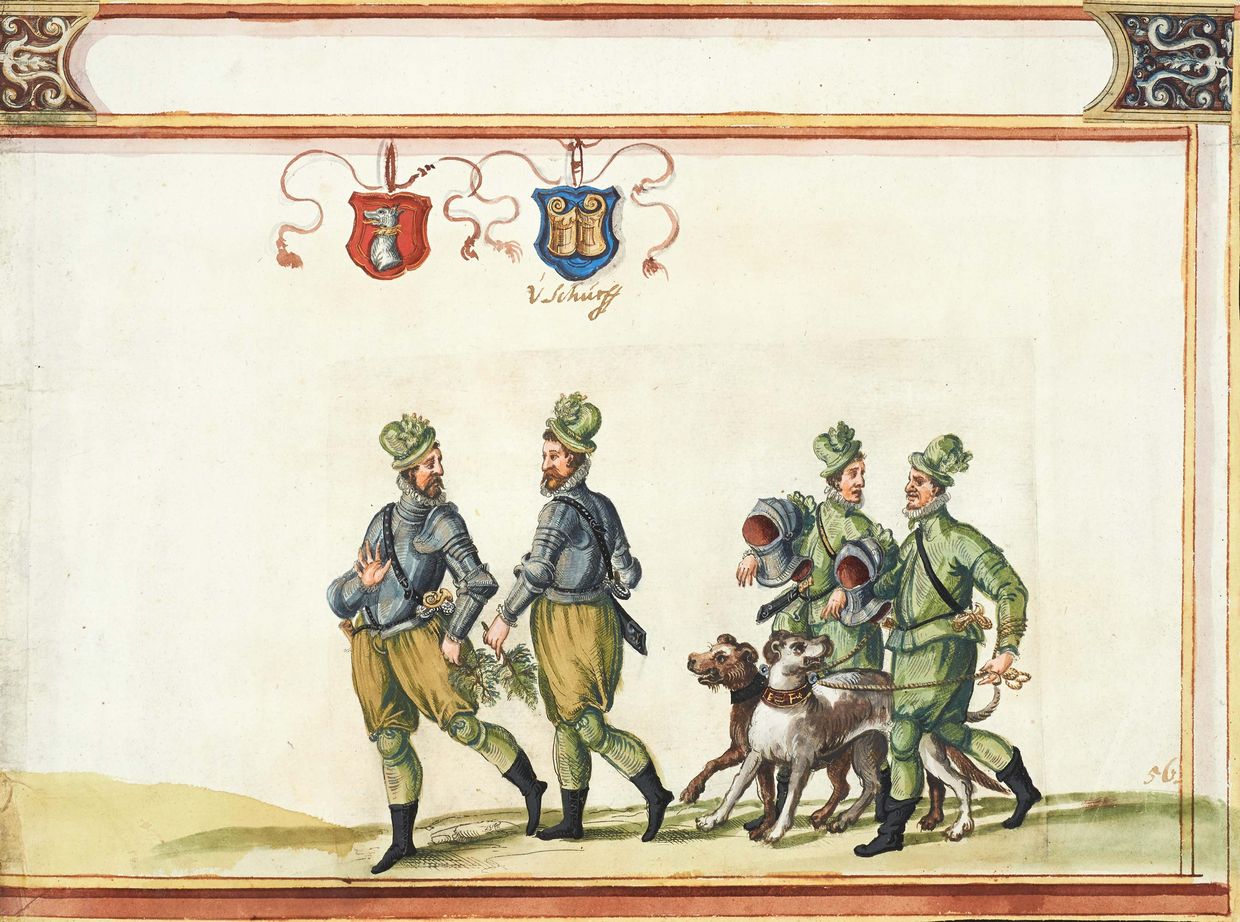
Each plaintiff – Kläger – appears before the judges to make his case, and the judges then decide the rules of the combat, Antwort – answer, and make a judgement – Urthail.
Did this all take place in reality, just as the pictures would have us to believe?
Can you imagine real eagles drawing a chariot? … or real leopards crossing the city with the silent paws of a cat? … that real crocodiles, furies, giants and others are part of the spectacle?
Of course not!
We know that for the actual event draught animals like donkeys and horses – and even humans dressed up as animals – did that job.
Other elements also prove to be illusions: The triumphal chariot of Venus in the form of a shell was most likely made of easily produced, theatre-typical decorative materials such as wood and papier-mâché.
The inscription at the top suggests that the shell is being pulled by two men hiding in the fish bodies.
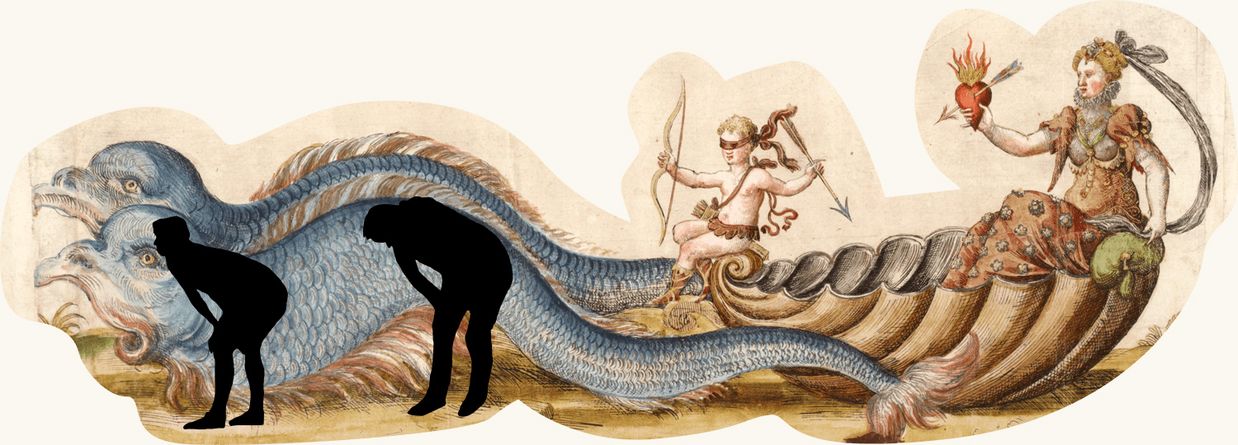


“Here come two big fish with silver scales; inside are two men / they pull a silvered seashell”
Nevertheless, the depictions transmit an impression of reality, not least through their arrangement.
In addition, with the help of the pictures and texts, such ephemeral events as pageants and tournaments, as well as the messages they convey and their significance, are preserved for posterity.
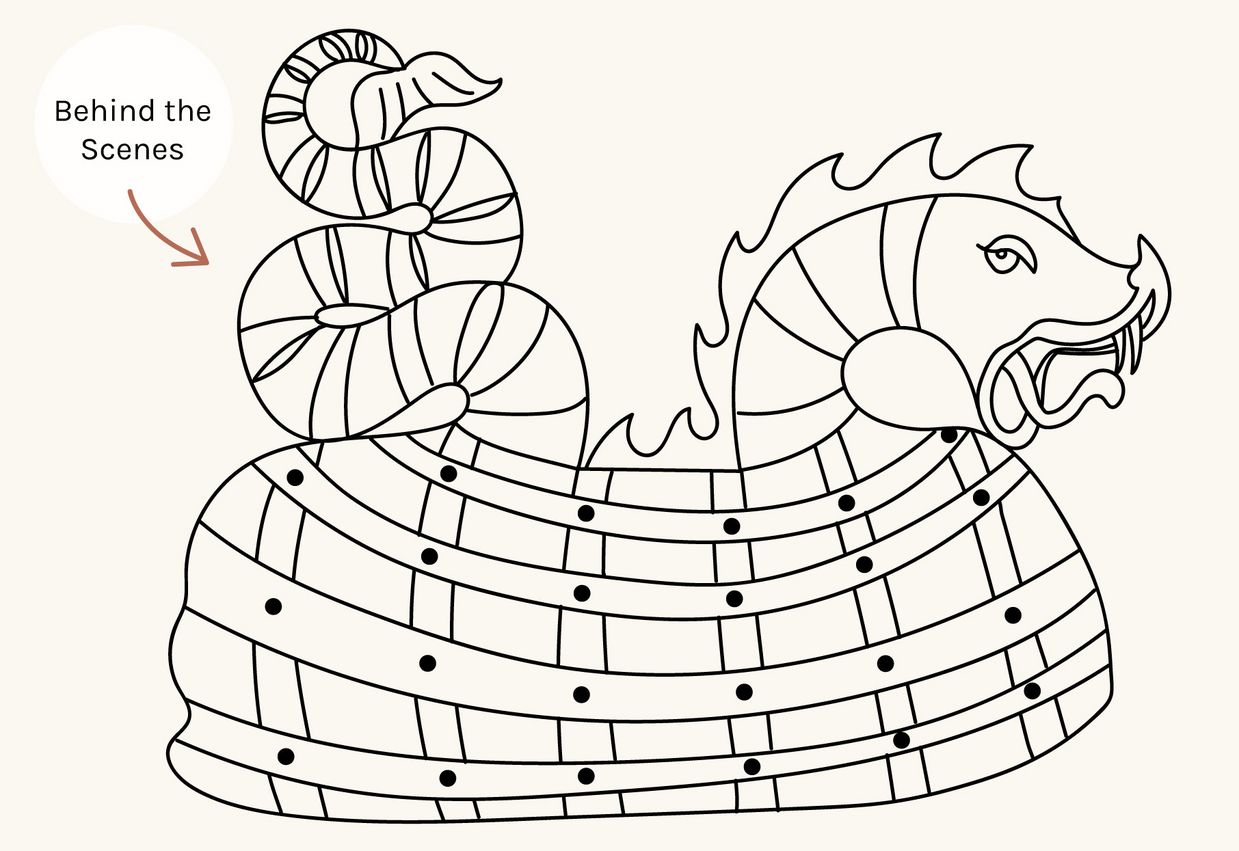
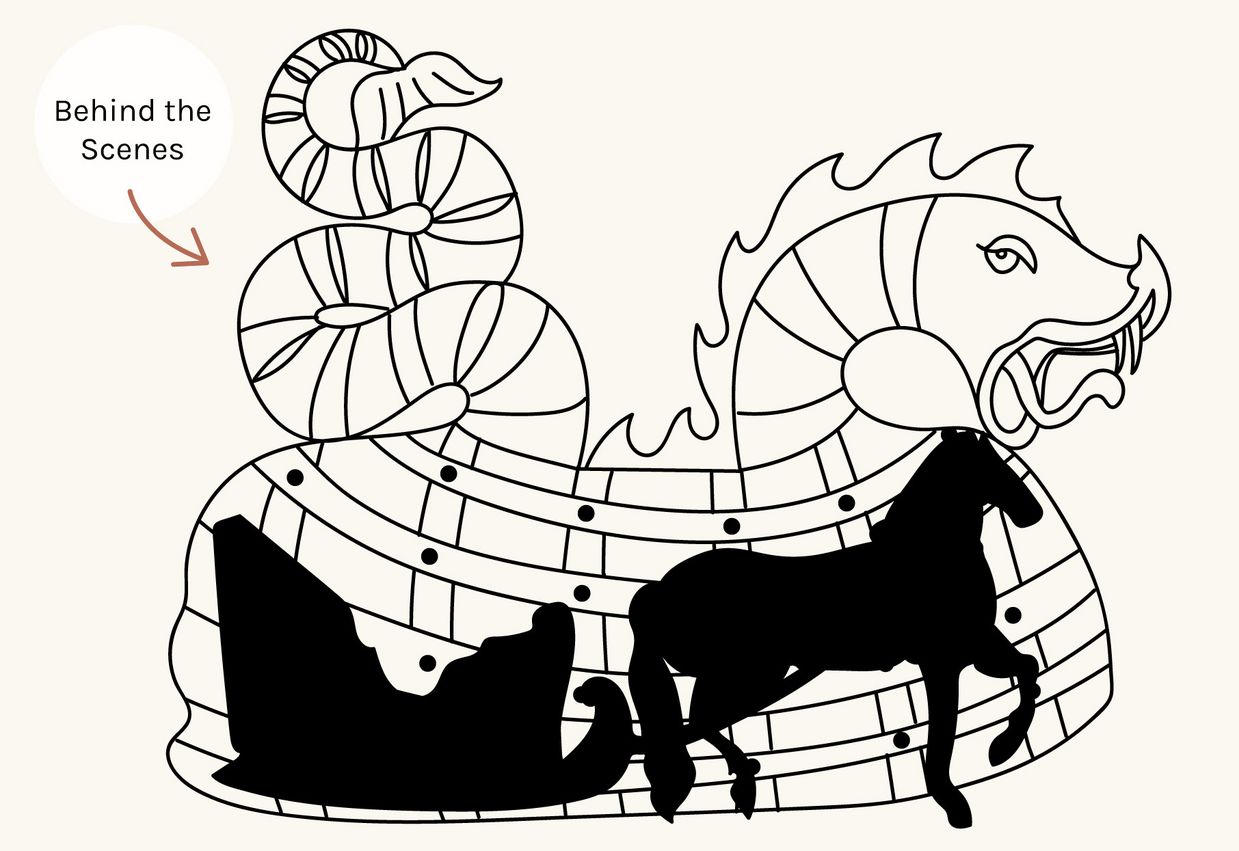
Scrolls were already considered old-fashioned at the time of Archduke Ferdinand.
However, the choice of this medium reflects the antique-like content of the pageants. It is the linear-additive sequence of the single pictures to create a coherent image of an “animated” procession, that allows the viewers to experience it both in space and time.
And today? We – posterity – are interested in bringing the contents to life and making visible what is hidden in the historical documents: Festival participants dressing up as allegorical and mythological figures, people or animals taking on the roles of exotic and fantastic creatures, or festival floats and machines offering pyrotechnical spectacles and other show effects.


All the people shown here really lived, all the events actually took place. But part of that story has been lost to history. From what has come down to us, we can only vaguely imagine the court chamberlain Kolowrat and his bride Catherine, whose wedding was the occasion for the festivities, but we are able to imagine their master of ceremonies, Archduke Ferdinand of Austria, all the more clearly.
"Some remain in the shadows,
others in the light."
From the point of view of conservation, graphic works, such as those of Elsässer, are among the most fragile objects in museums.
They need to be protected from light and cannot be on permanent display. This digital reconstruction allows us to delve deeply into the world of 16th century tournament and festival culture, without having to expose and strain the original. This is probably where the future of exhibitions and educational museum work lies.

Archduke Ferdinand, as a lover and promoter of 16th century festive culture, took a great deal upon himself to organise and document this event. But it is now up to us to prove ourselves worthy of this heritage and to preserve it. And for this we should use all the creative and technical possibilities that the 21st century offers.
Provenance of images
Gabriel Bodenehr der Ältere nach Matthäus Merian, Die Ertzherzogliche Haupt und Residenz Statt Innsbrcuk, Im Tyrol, Augsburg, 1704-1720. Innsbruck, Tiroler Landesmuseum Ferdinandeum, Bibliothek, Sign. FB 7089. © Tiroler Landesmuseen
Fernando Frazão/Agência Brasil, Rio de Janeiro - Cerimônia de abertura dos Jogos Olímpicos Rio 2016 no Estádio do Maracanã. via Wikimedia published under the Creative Commons License. © Fernando Frazão/Agência Brasil
Sergio Luiz, Carnival in Rio de Janeiro via Wikimedia published under the Creative Commons License. © Sergio Luiz
Alle übrigen Bilder: © KHM-Museumsverband
Acknowledgments:
Special thanks to Rudi, Carmen, Nicoletta.
Title: “The Kolowrat-Wedding” of 1580: Let’s bring it to life!”
Author: Veronika Sandbichler (Ambras Castle, Innsbruck).
Web Design: Kunsthistorisches Museum – Visual Media, Vienna
English Translation / Proof Reading: Veronika Sandbichler / Alexander McCargar
